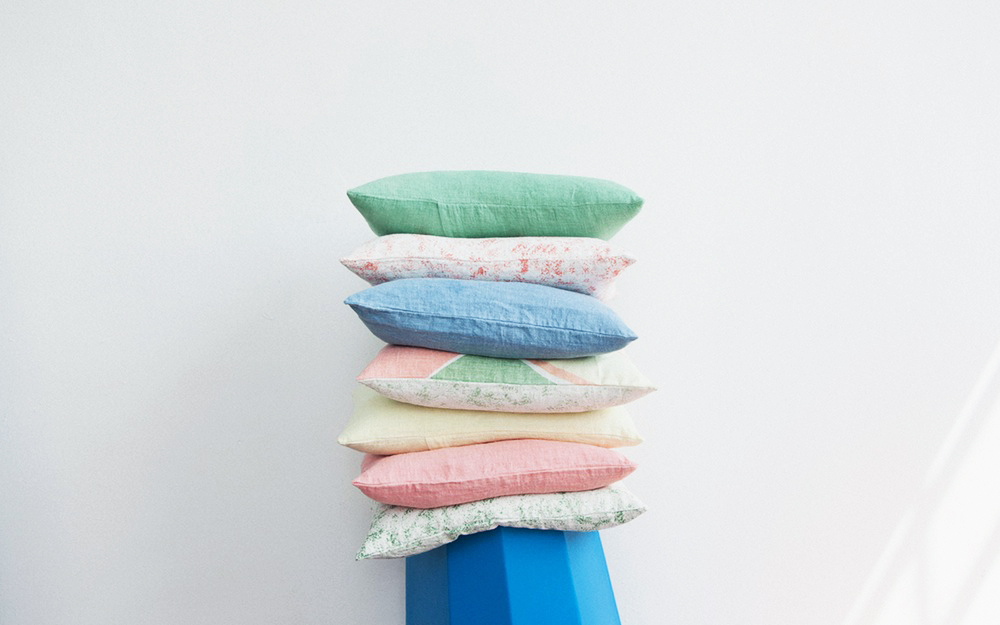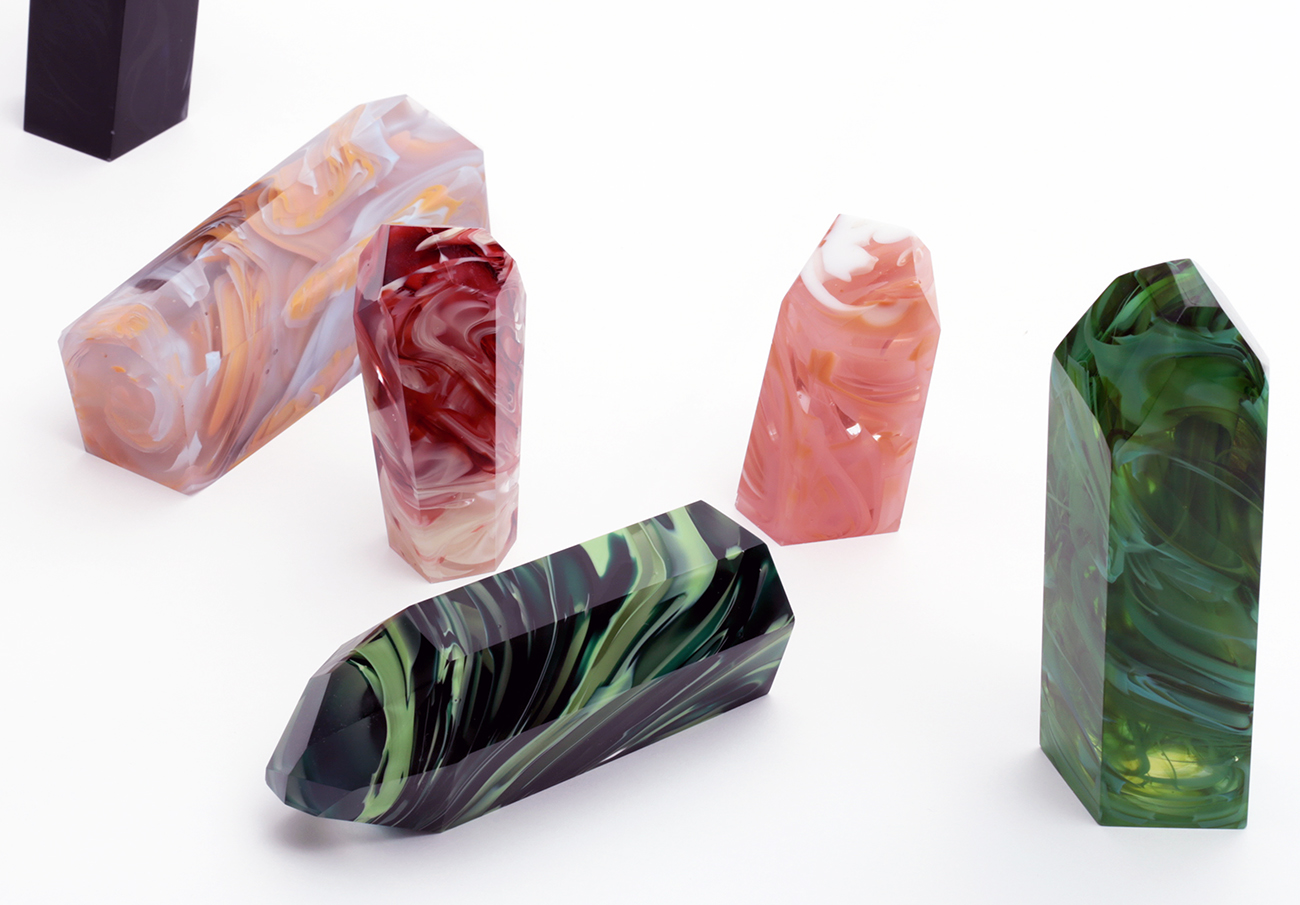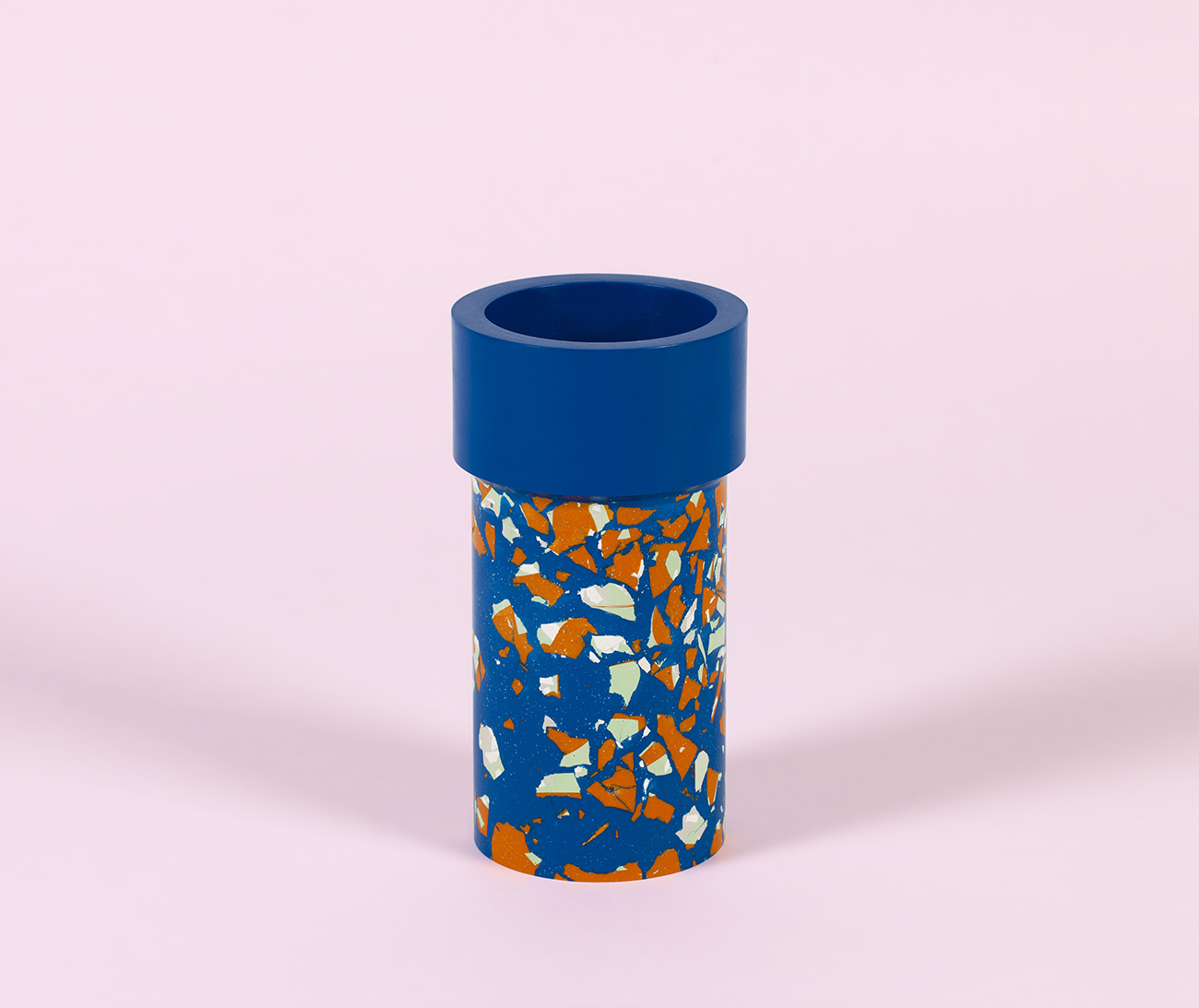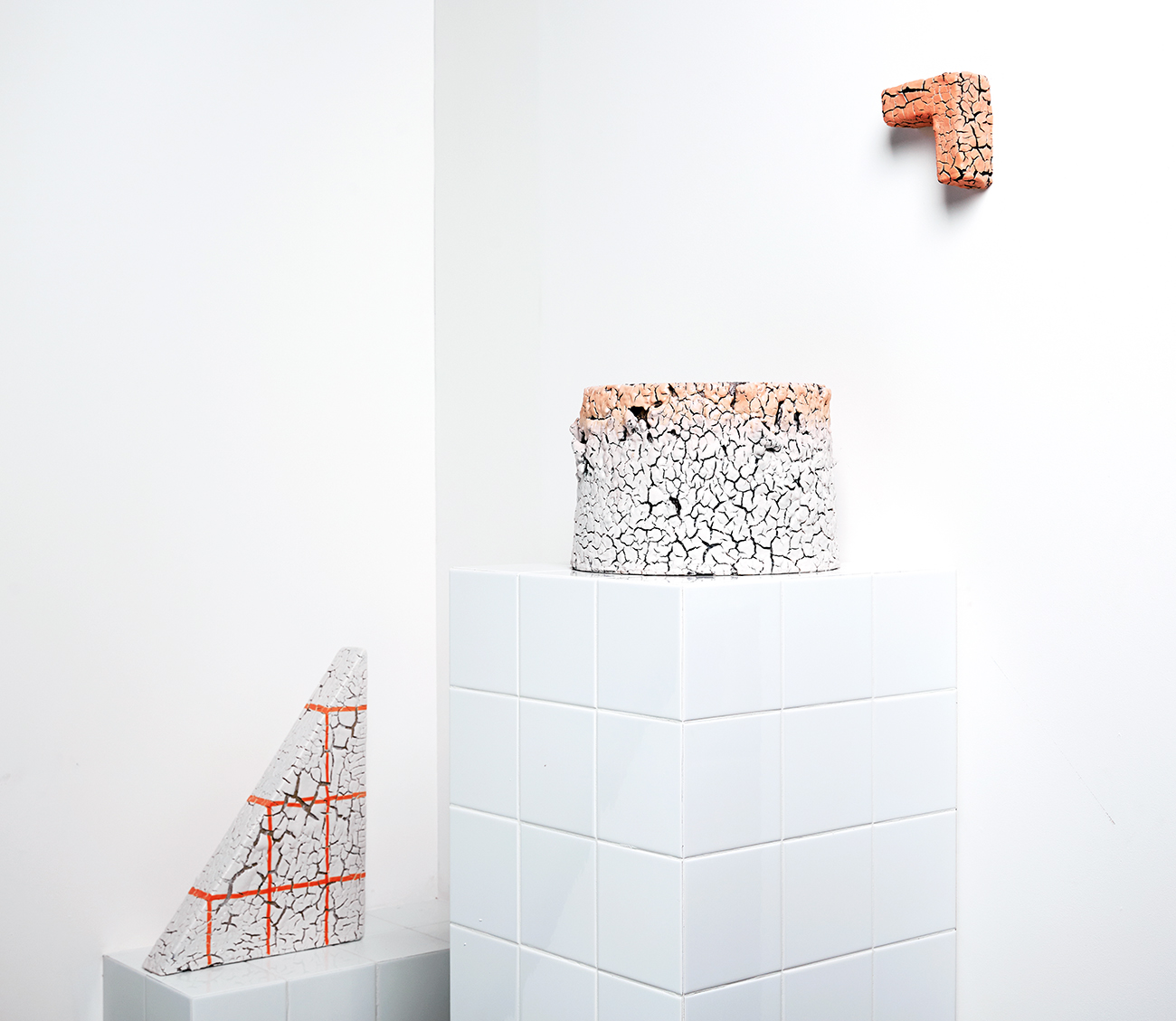
06.29.17
Up and Coming
Six Talents to Watch from RCA’s 2017 Graduate Show
Despite continued uncertainty about the effect Brexit might have on applications from students abroad, this year’s Royal College of Art graduate show was a celebration of global design talent, showcasing some of the best emerging talents from the EU and beyond. Two of the main themes on view were flexible designs for multi-functional interiors, and micro-living spaces, with students honing in on adaptable designs that work harder to support our evolving needs, rituals, and lifestyles. Densified urban living spaces and remote working inspired a wave of multi-functional furniture and designs with which to carve out privacy in small or busy spaces. Of course alongside this were the typical sculptural objects that sit between art and design, which have made RCA’s showcase so exciting to watch over the years — objects designed to be enjoyed beyond their purpose and to offer a fresh perspective on the home interior. Here are six of our favorites.
Irina Razumovskaya
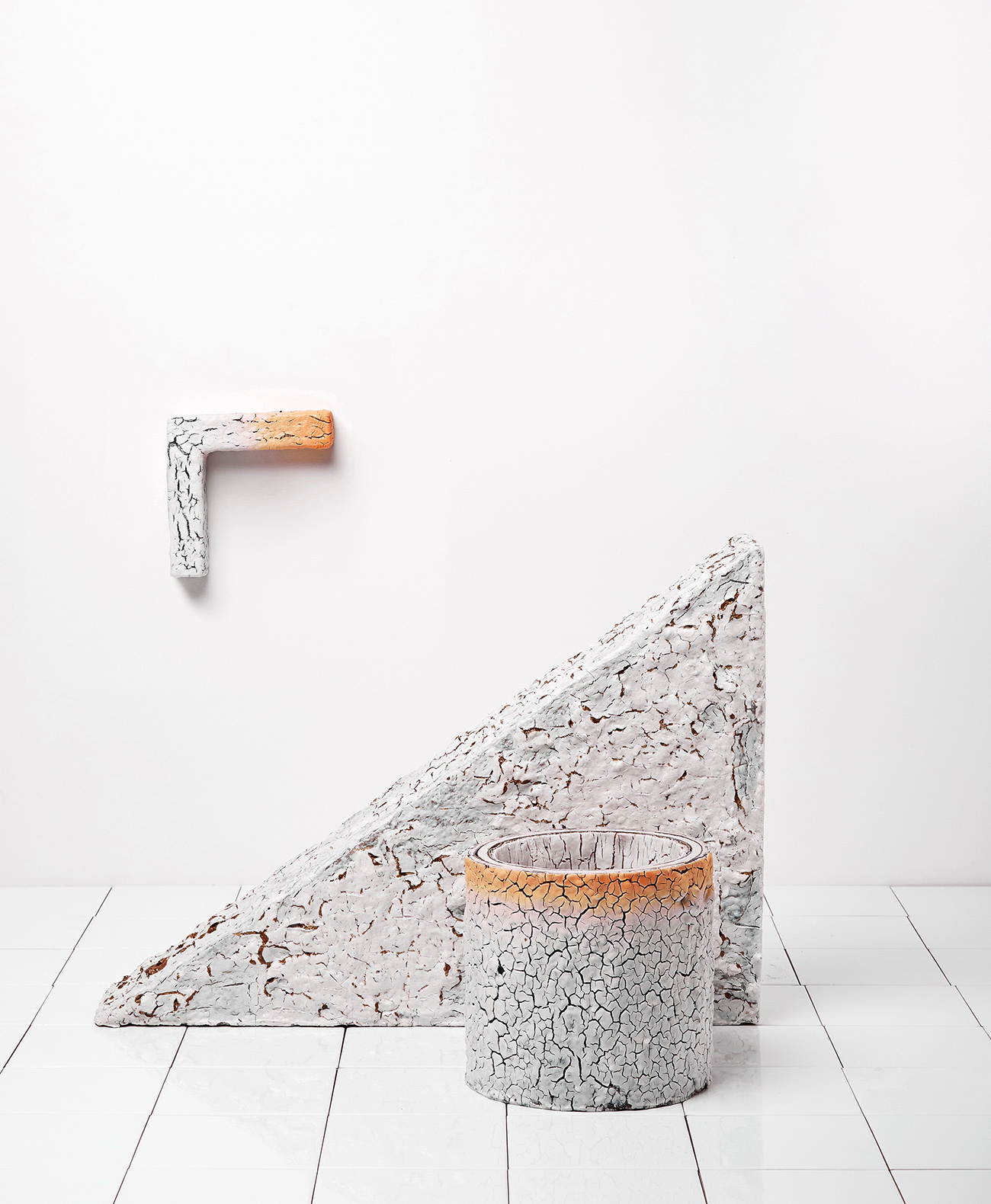
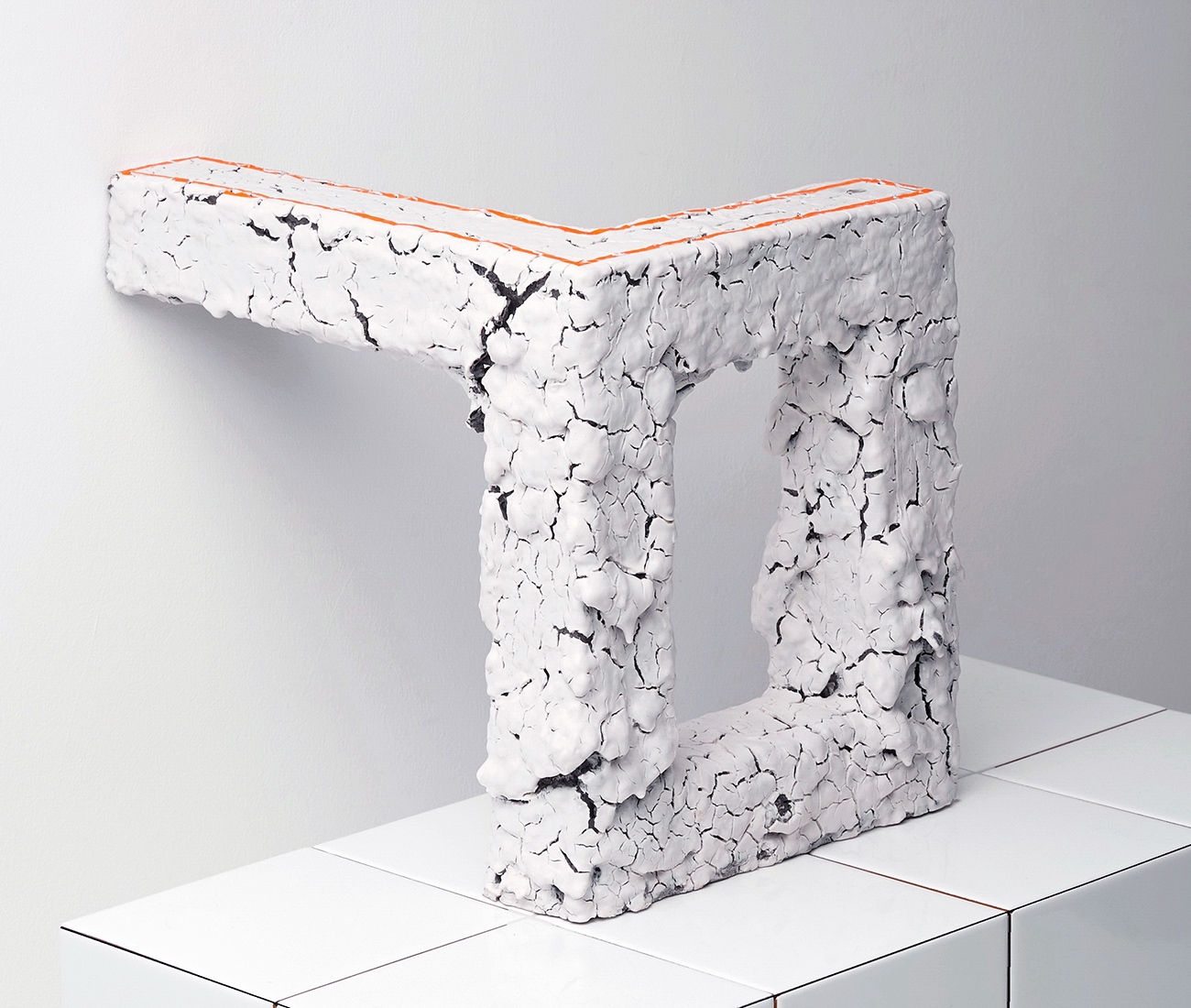
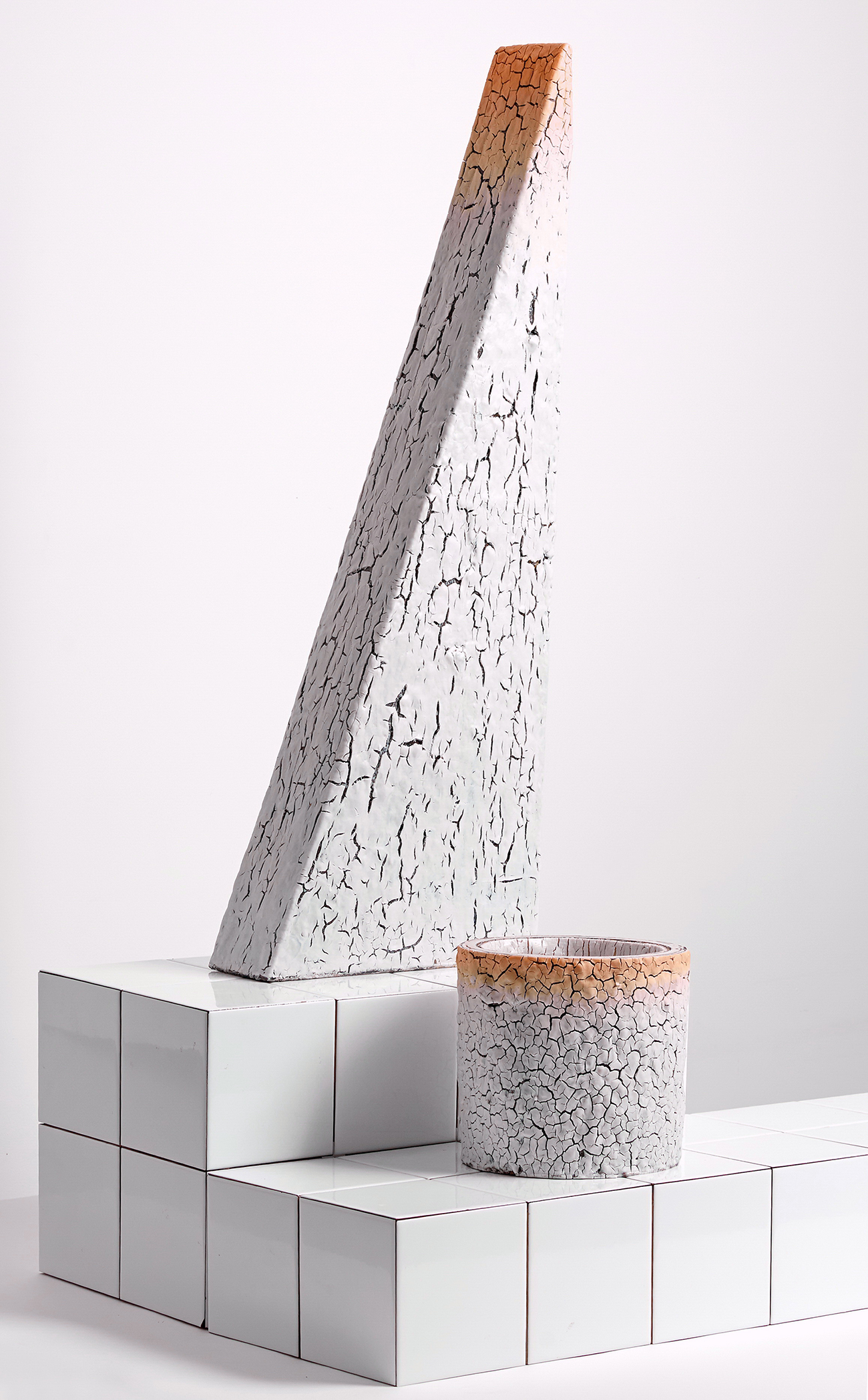
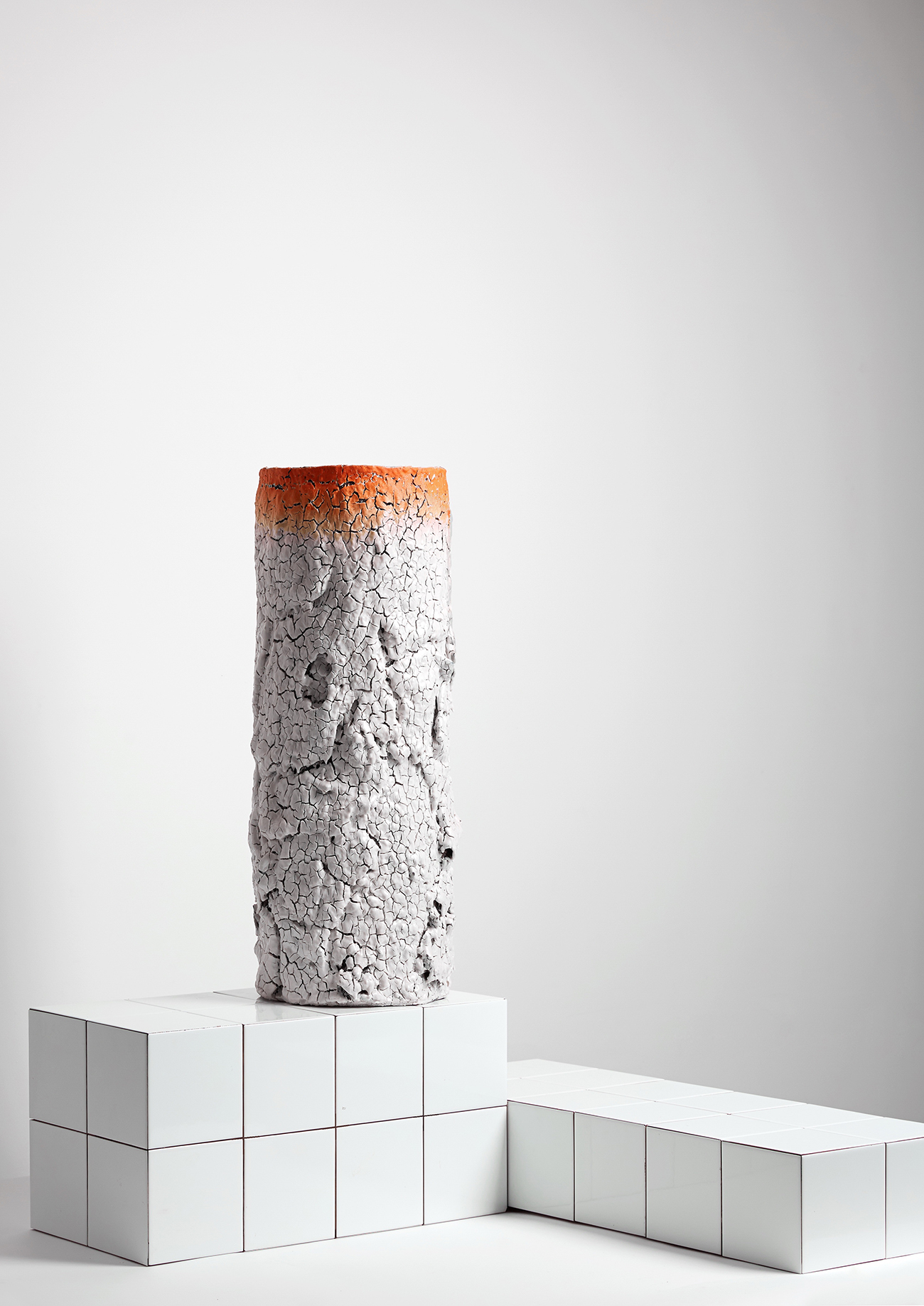
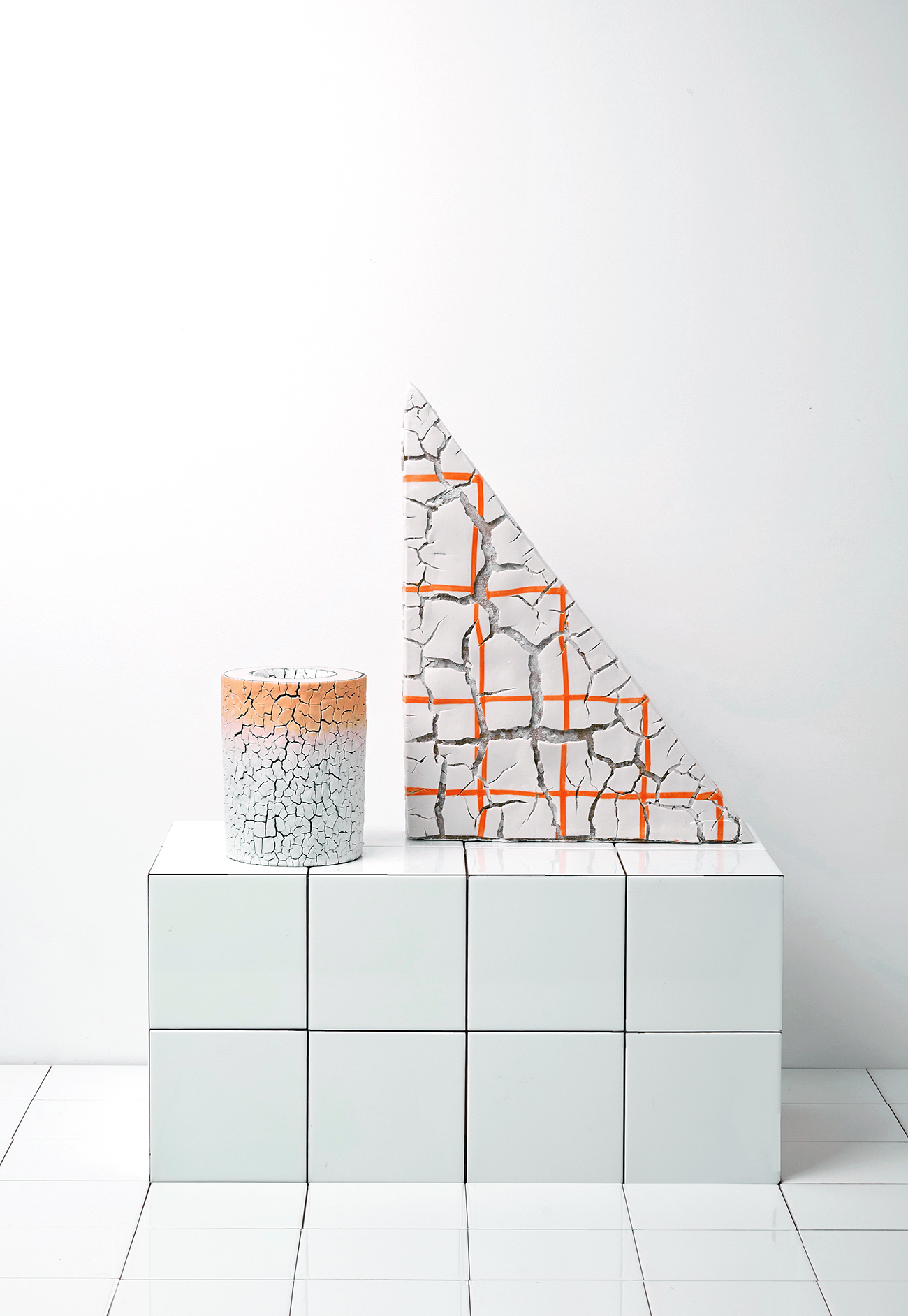
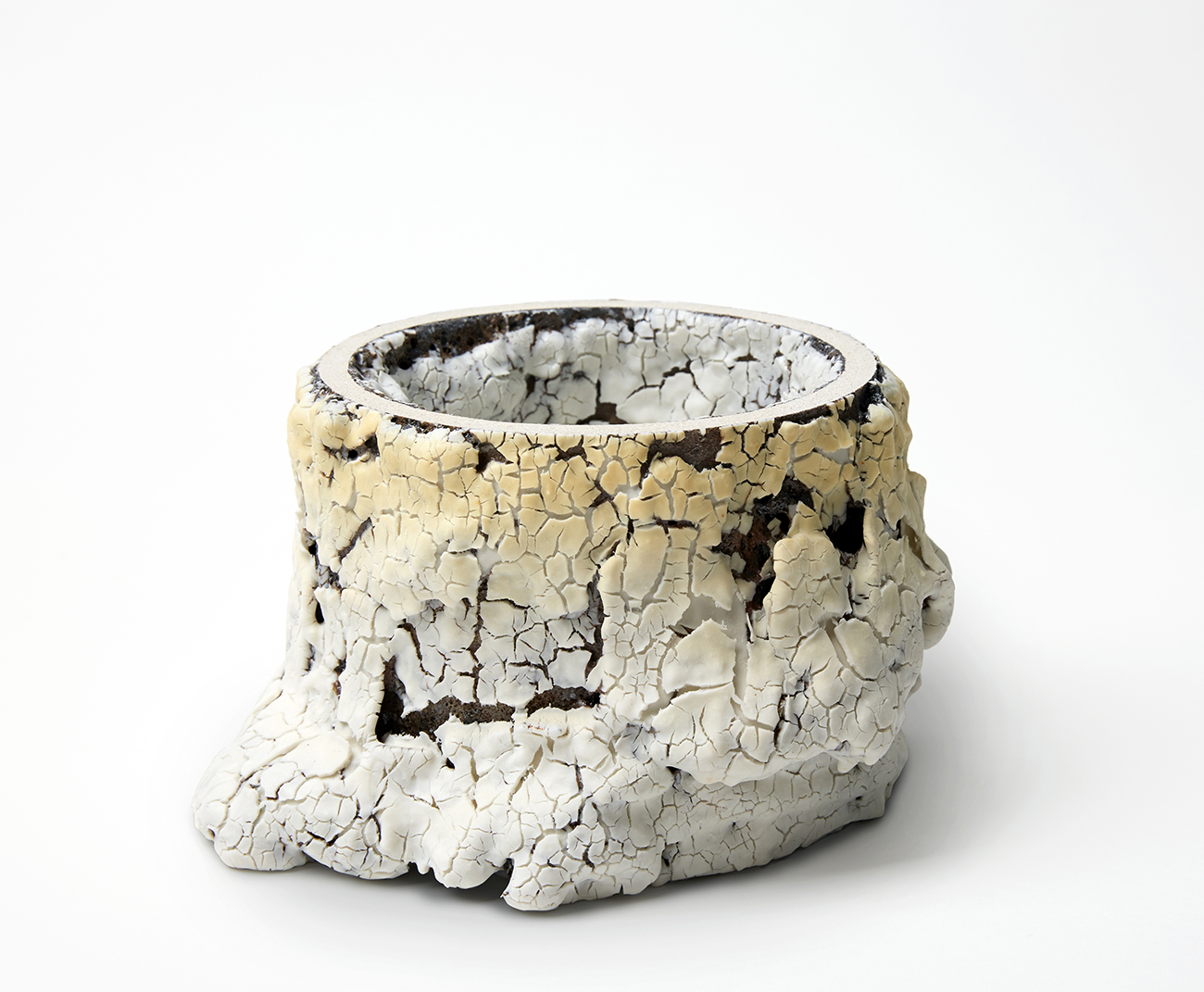
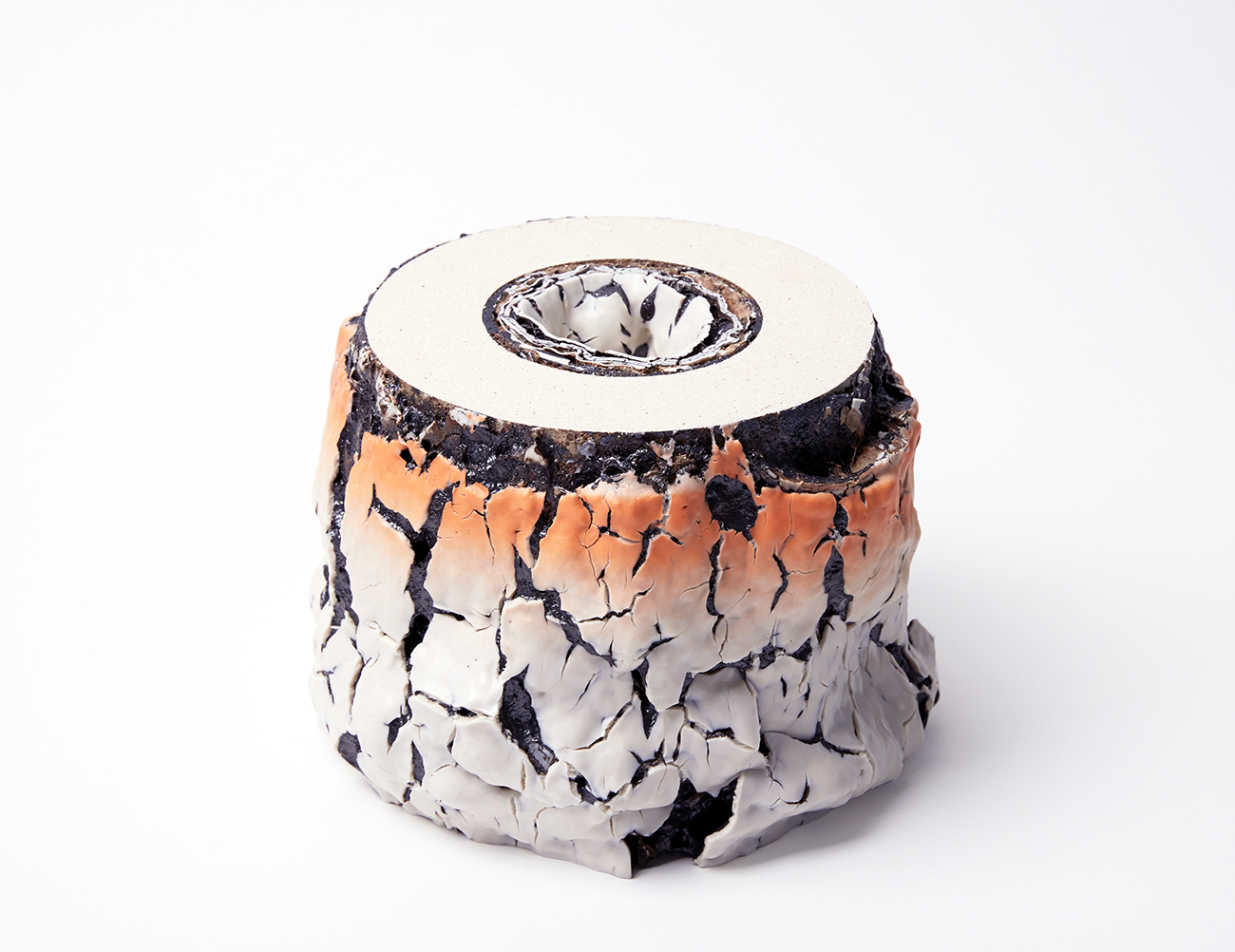
Growing up in post-Soviet St. Petersburg, Irina Razumovskaya’s ceramics draw influence from the decaying Constructivist forms that provided the backdrop to her childhood. The bold, geometric shapes of Soviet structures are realized in stoneware clay, then coated with layer upon layer of slip and glaze. As the pieces are fired numerous times, the layers begin to melt, representing the cracked paint and decay of the architecture that surrounded her.
Photos: Tania Dolvers
Damian Fopp

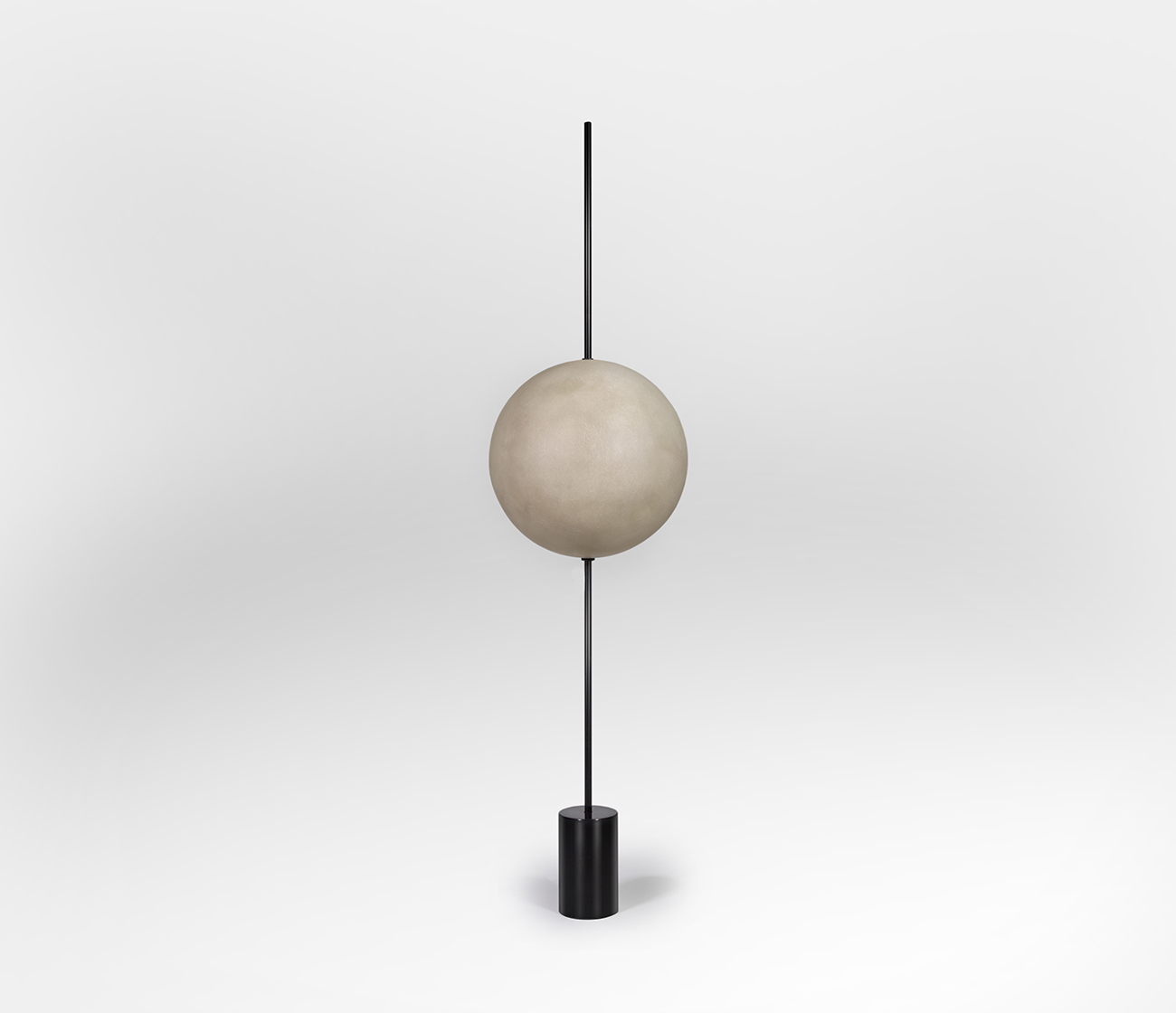
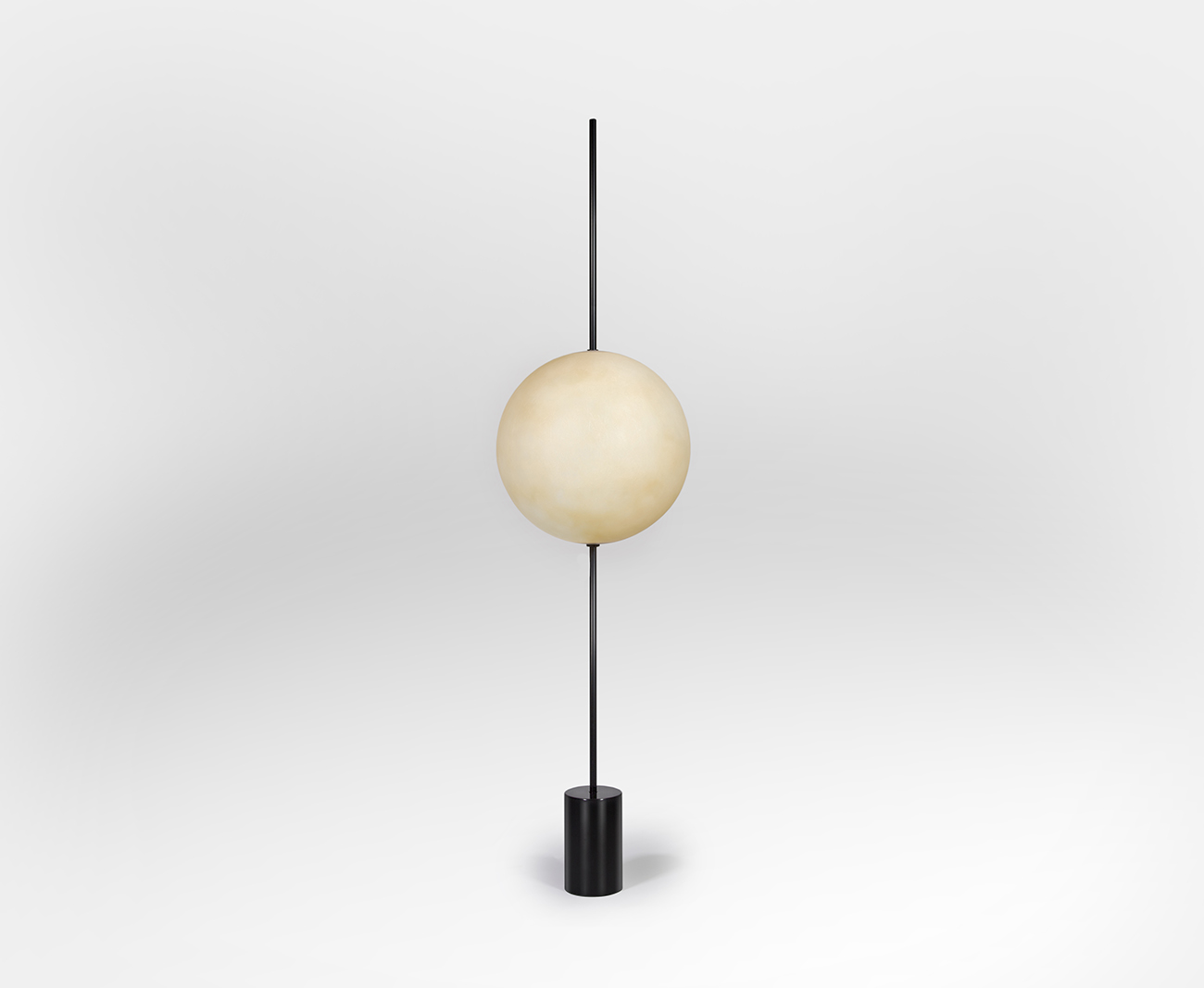
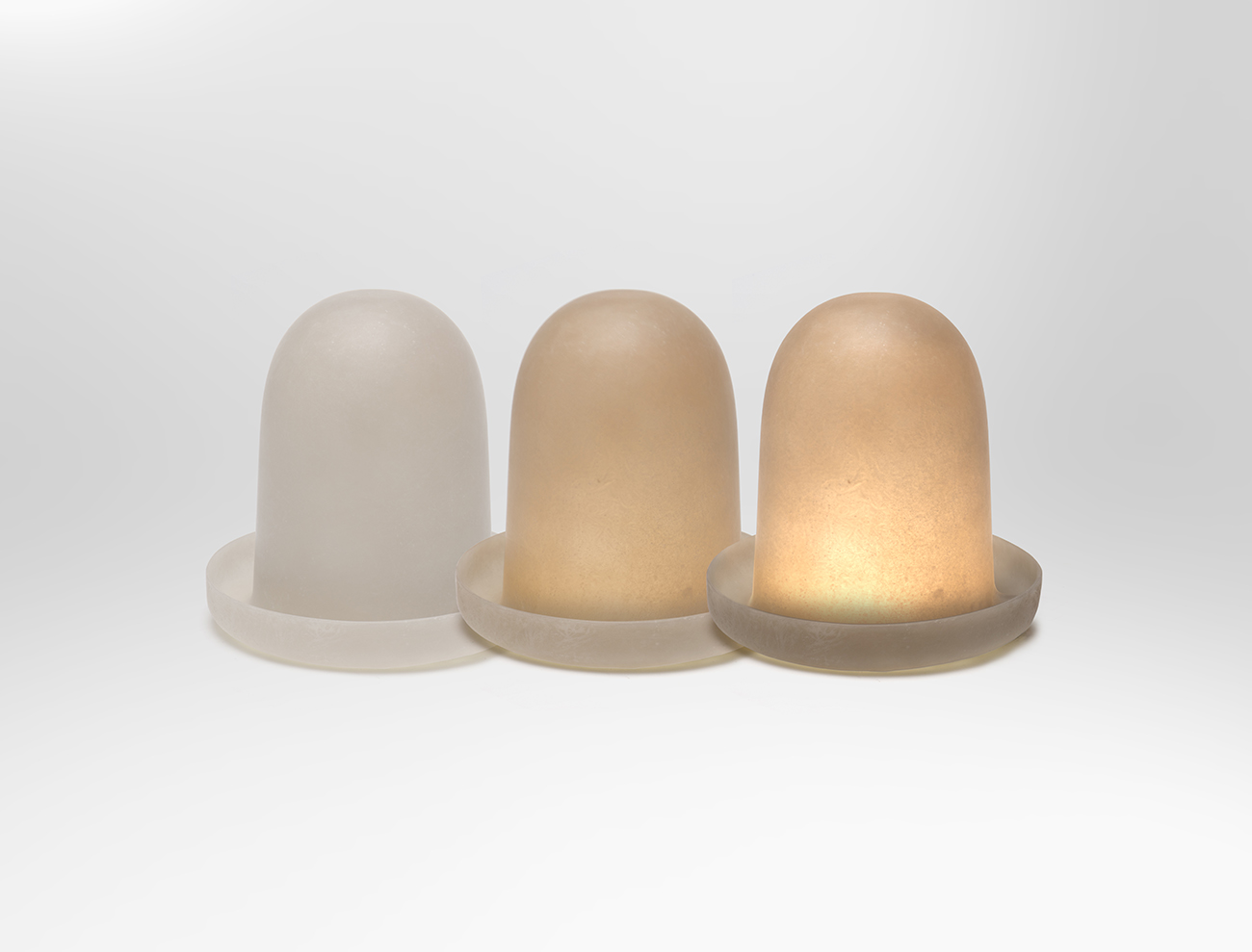
Seeing an opportunity for a more intuitive interaction with the objects we live with, Swiss designer Damian Fopp focused his final collection on lighting and, more specifically, how we switch lights on and off. Fopp jettisoned conventional remote switches and designed dimmable functions into the form of the lights, which can be controlled by rolling or pushing the pieces. Using unpigmented fiberglass to diffuse the light source and black anodized aluminum for the framework, the geometric, monochrome designs are stripped-back and sculptural in form to encourage an instinctive understanding of the function.
Rezzan Hasoglu
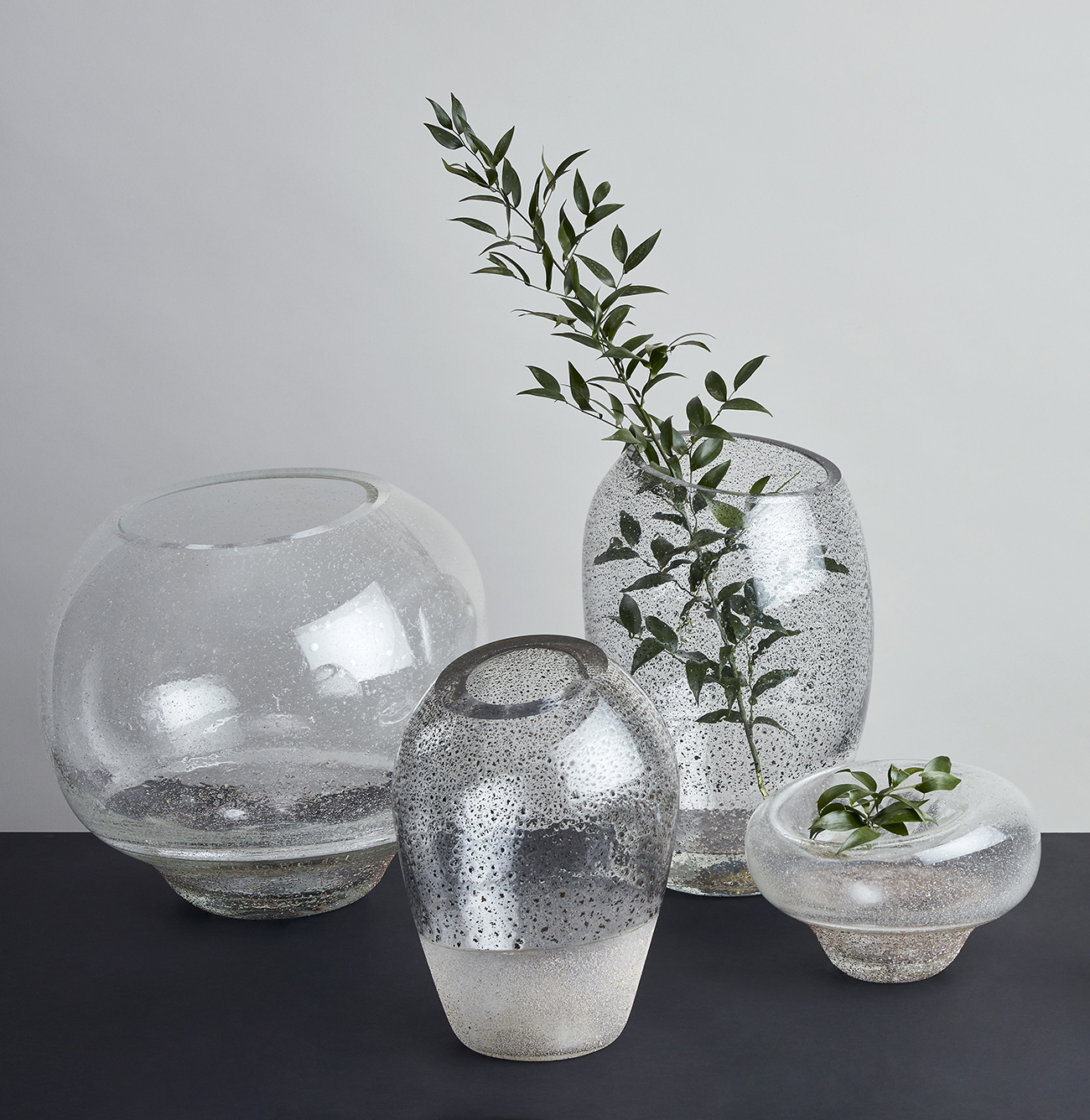
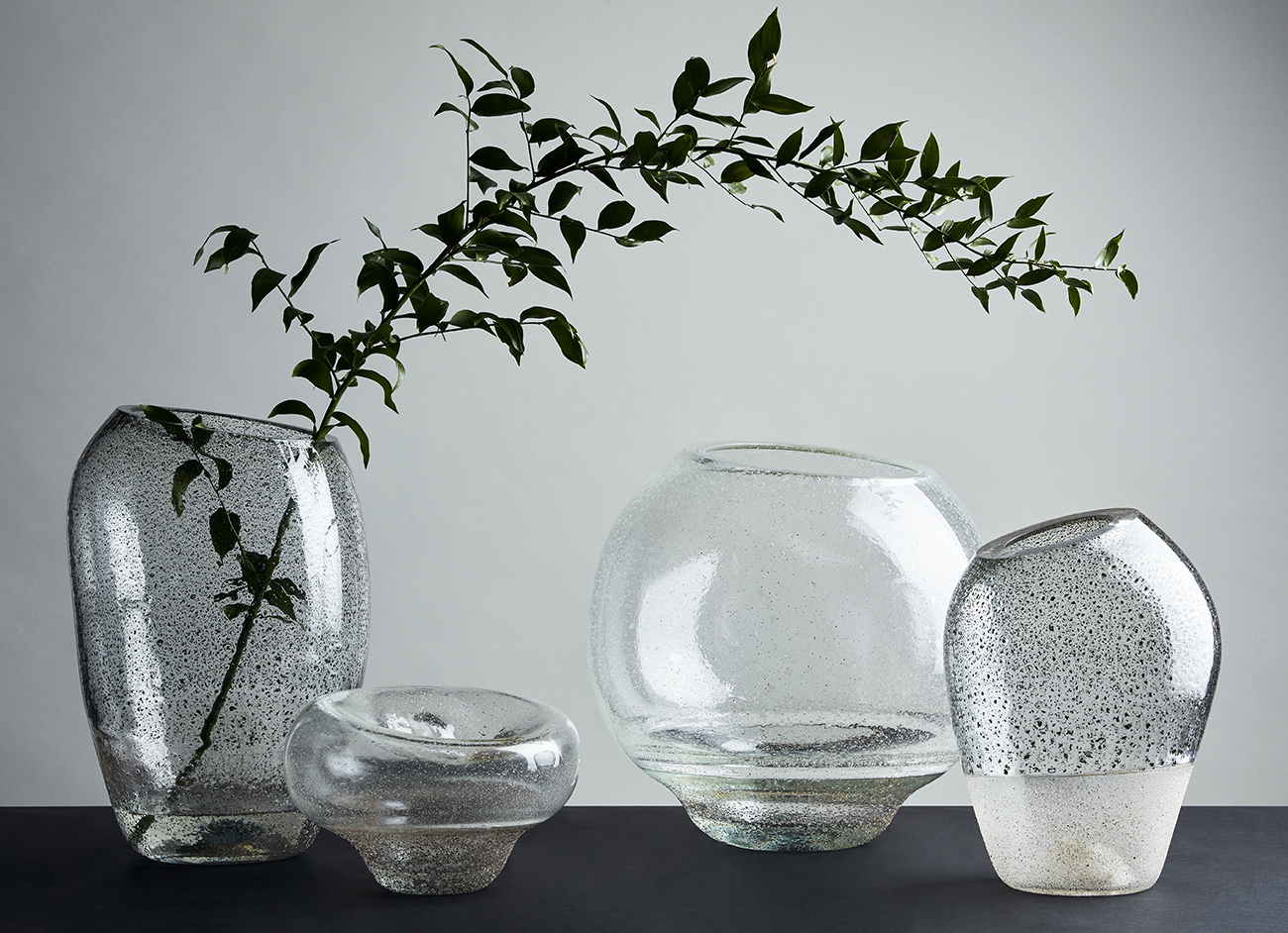
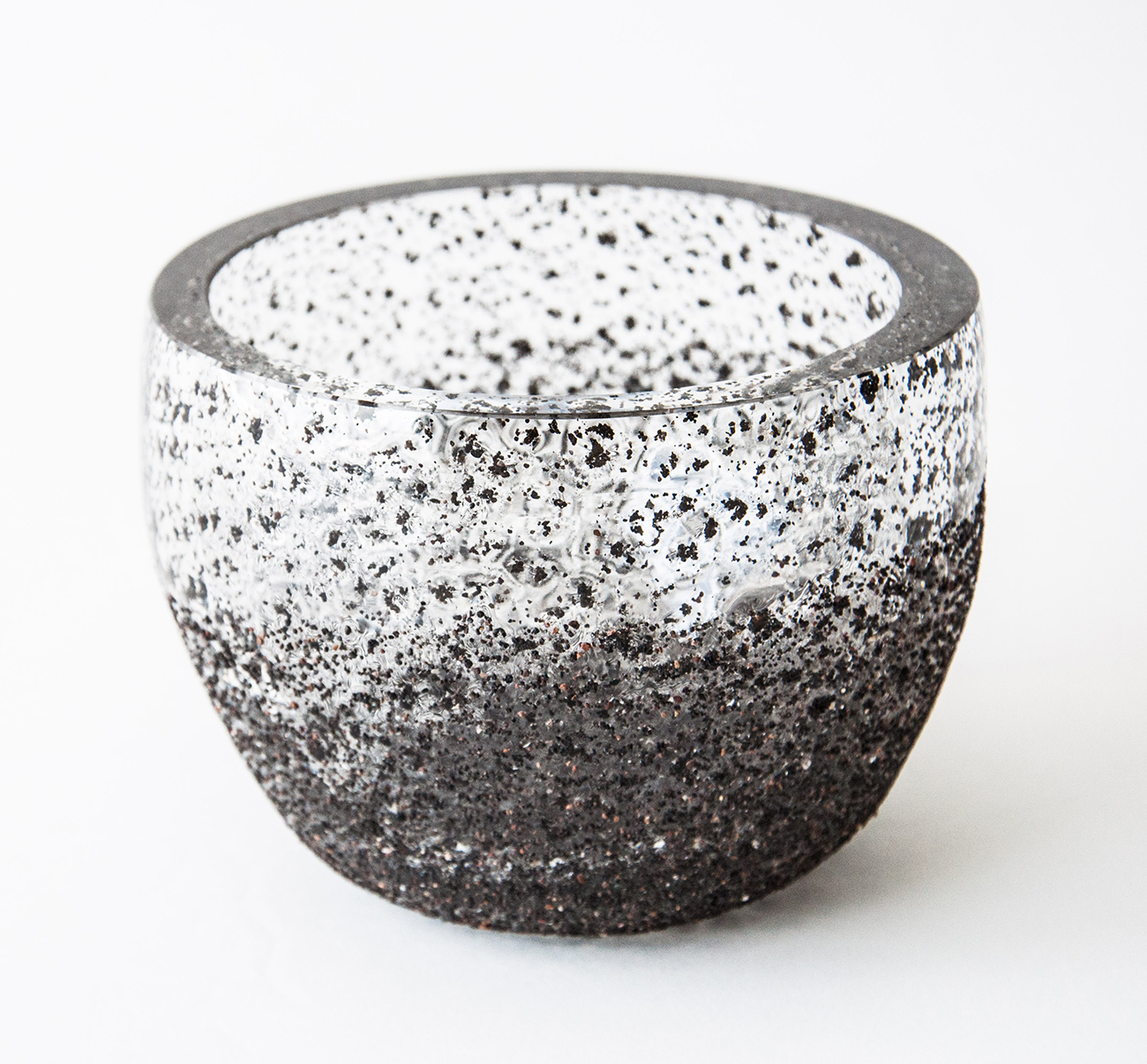
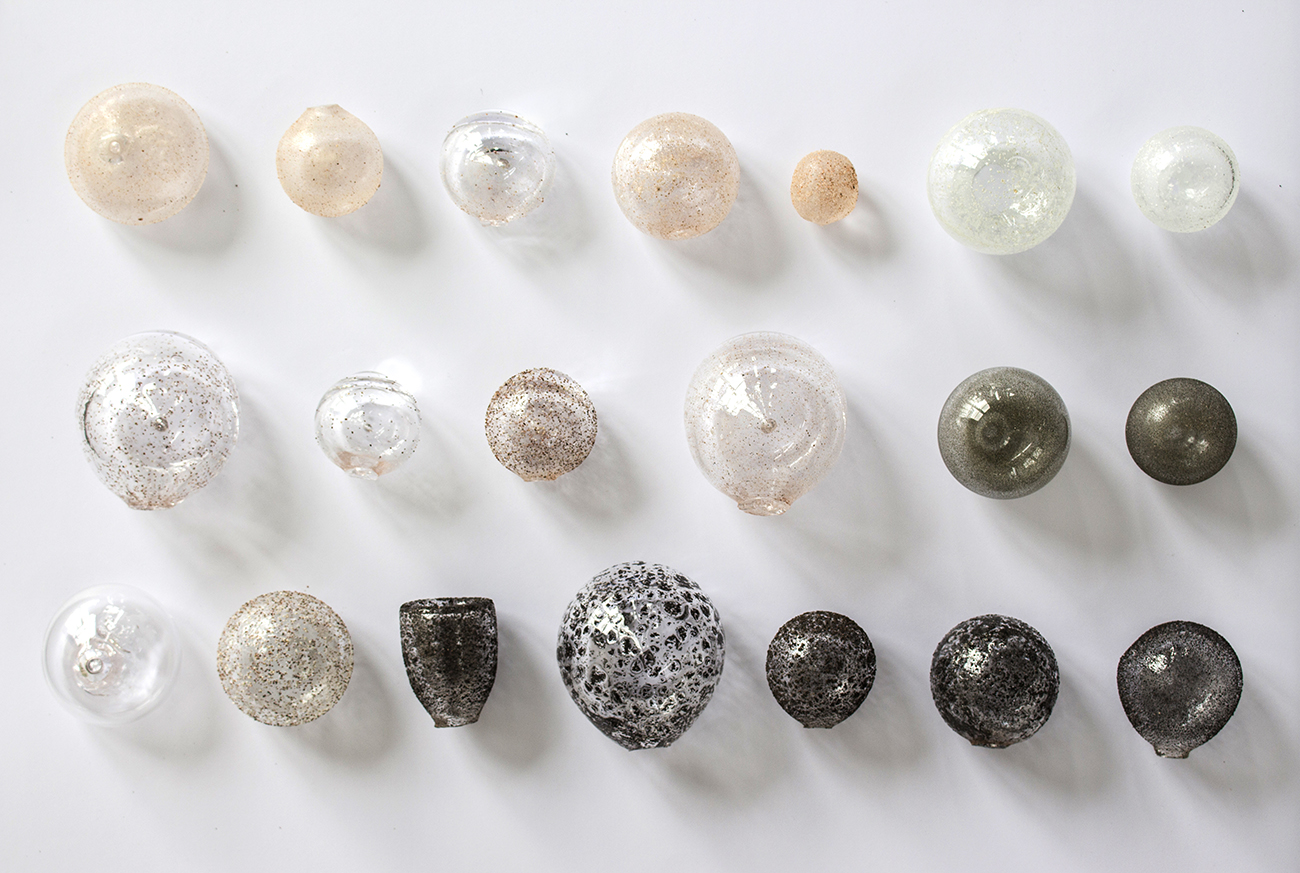
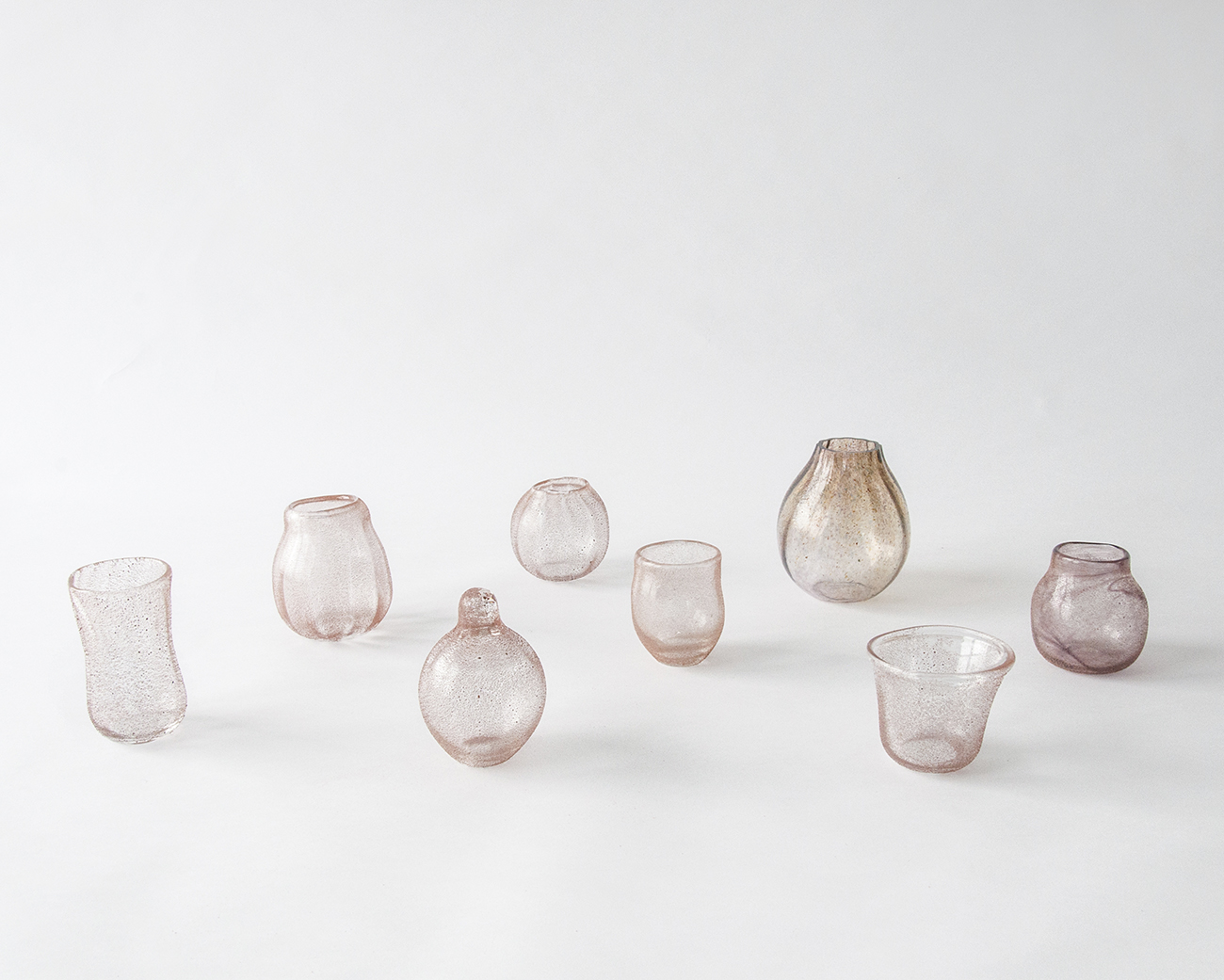
In an exploration of the raw ingredients used to make glass, Istanbul-born designer Rezzan Hasoglu sourced sand from different geographic locations to influence the character, color, and properties of her glassware: black sand sourced from the volcanic island of Iceland, Bulgarian gray sand with magnetic properties, earthy red Saharan sand from Morocco, and the quartz-rich white sands of Miami. Grains are applied at different stages of the making process for different effects and functions; her series of tumblers, for example, are rolled in sand when the glass is molten and the grain provides a textured grip.
Andrea Pallarès
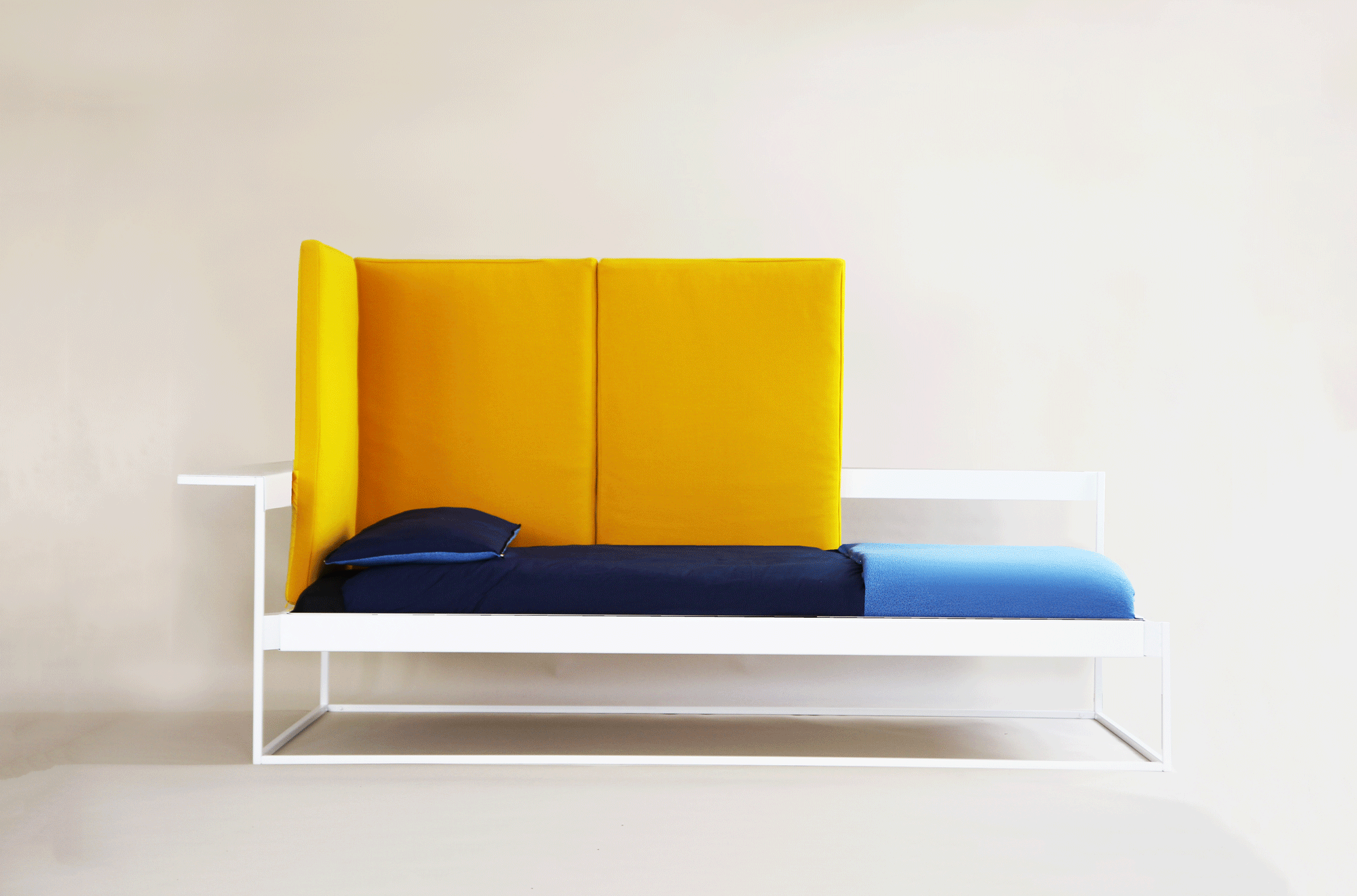
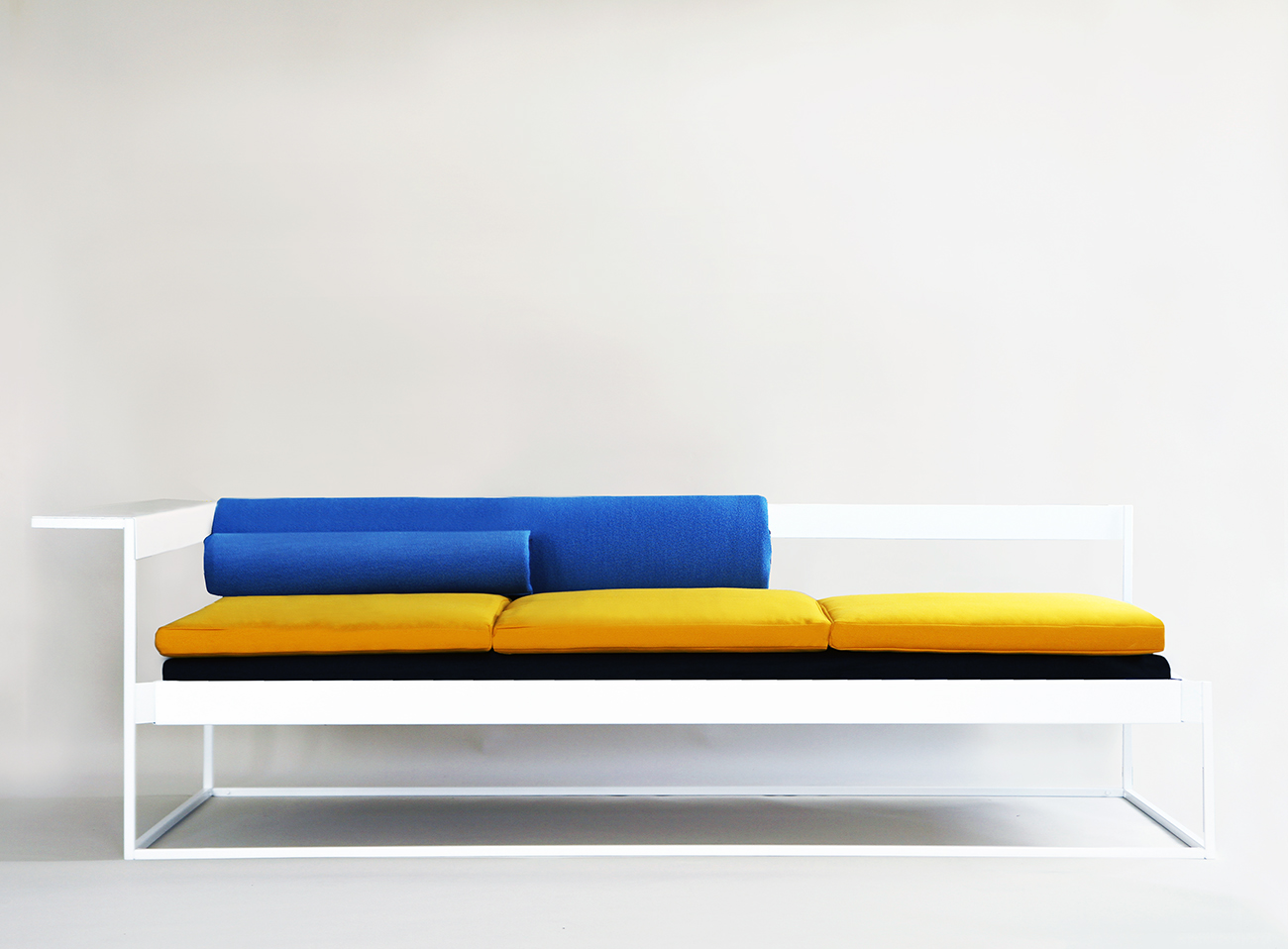
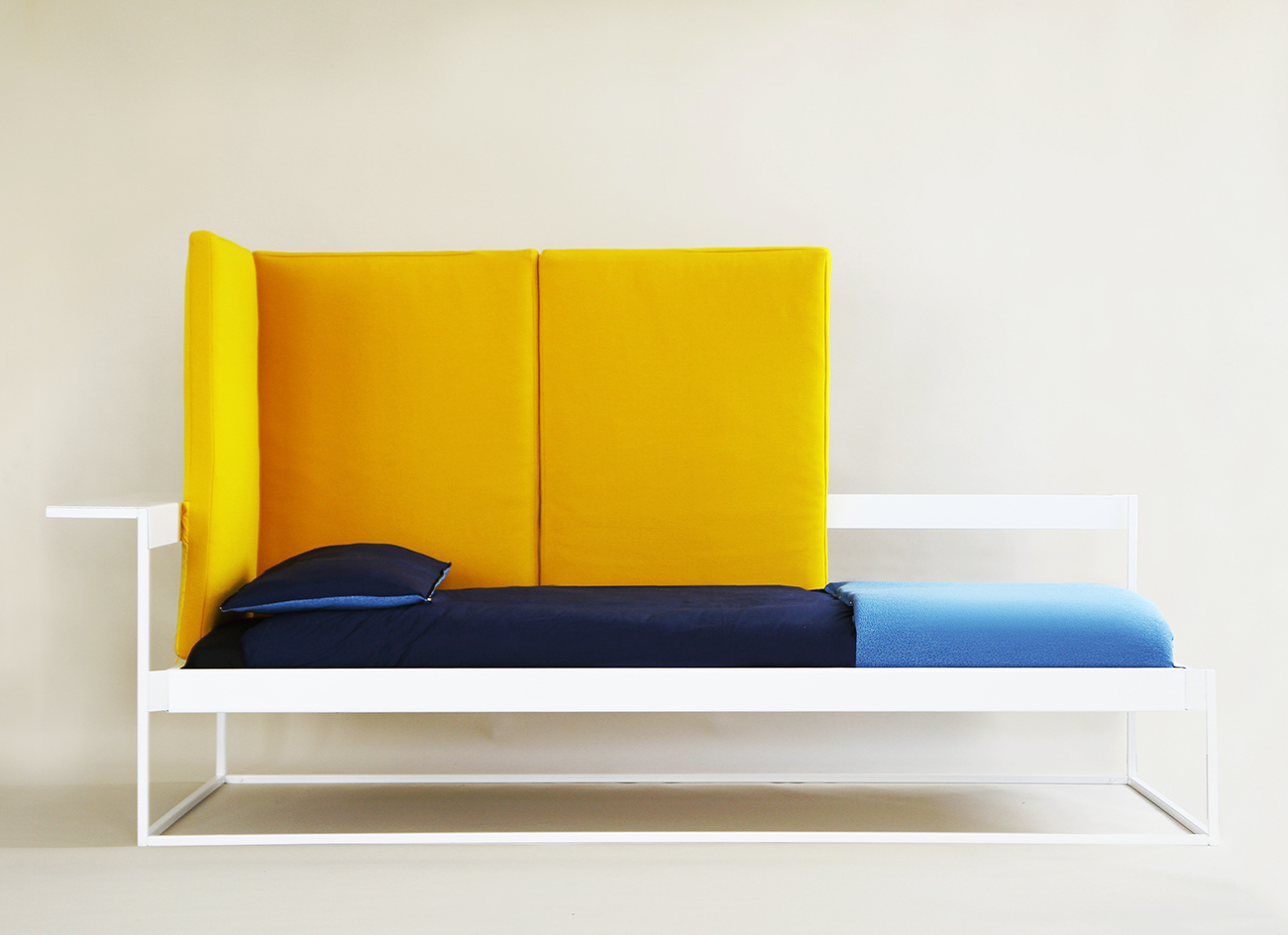
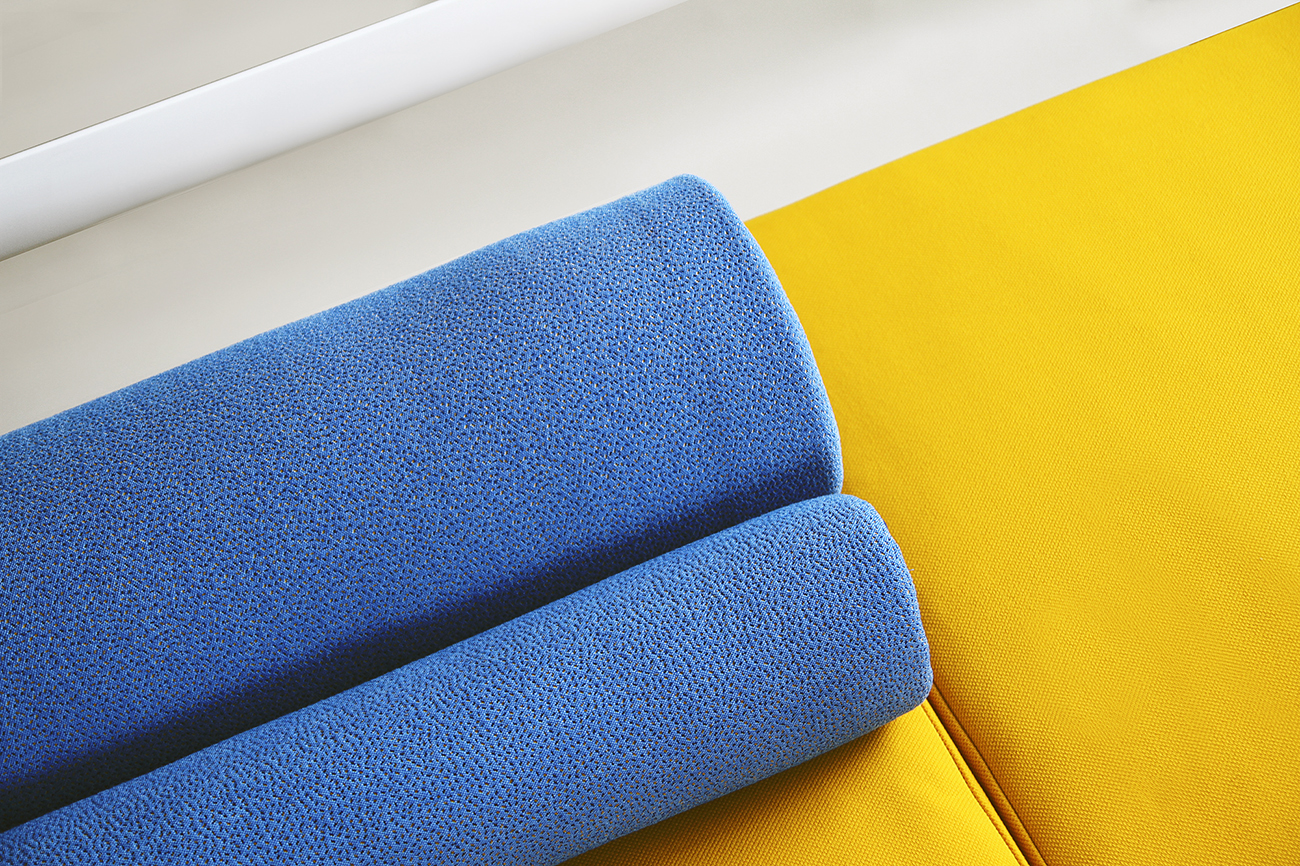
Product Design graduate Andrea Pallarès addresses the need for adaptable designs as urban living spaces become smaller. Nook is a flexible furniture system with a powder-coated metal frame and various upholstered modules that can be zipped or affixed with concealed magnets into different orientations depending on the function. For “bed” mode, the cylindrical bolster cushions can be unzipped into a pillow; the duvet and padded backrest with integrated, sound-absorbing foam can become a cocooning room divider. Pallarès work highlights the importance of privacy and comfort in micro-living spaces.
Nong Chotipatoomwan
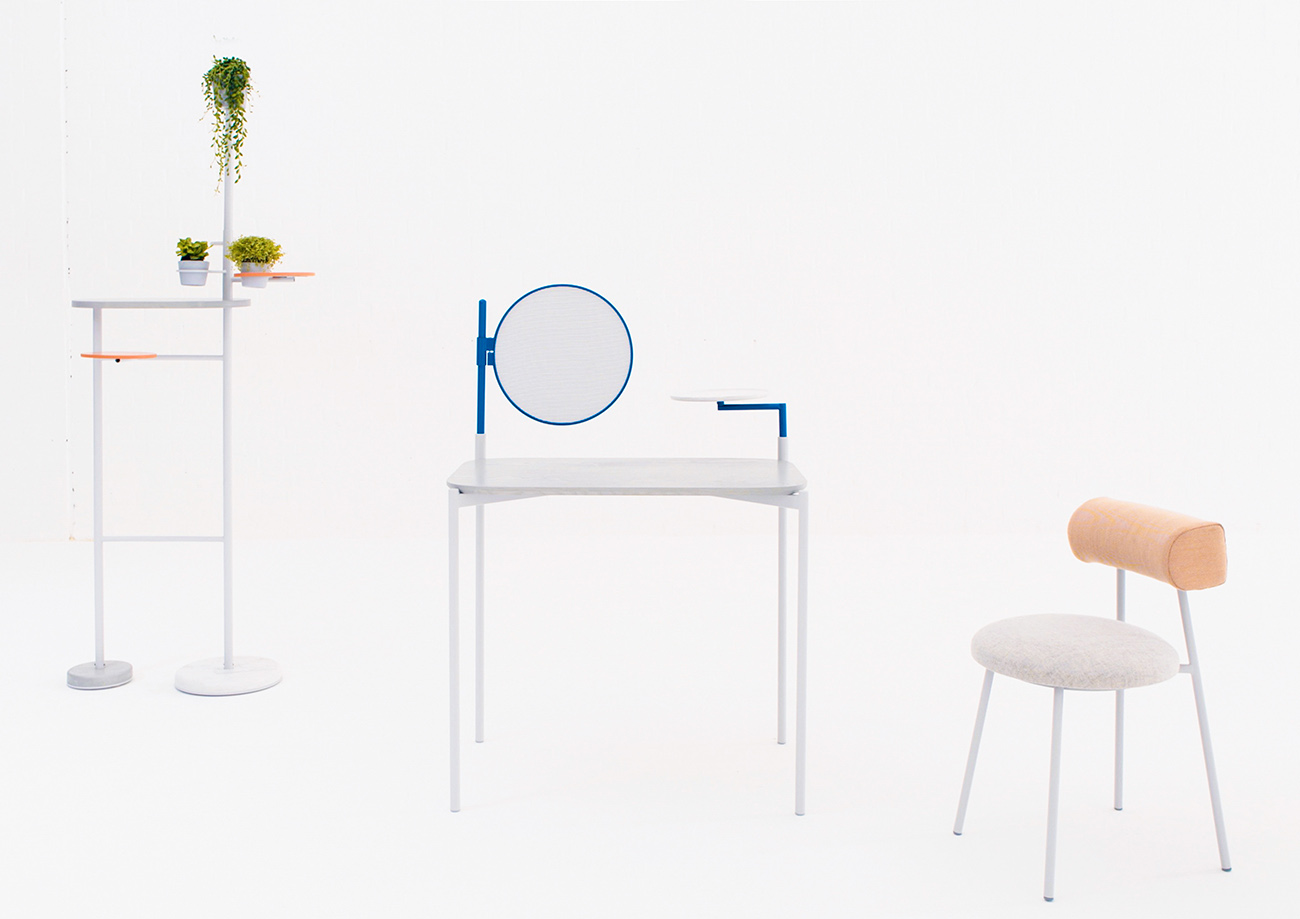
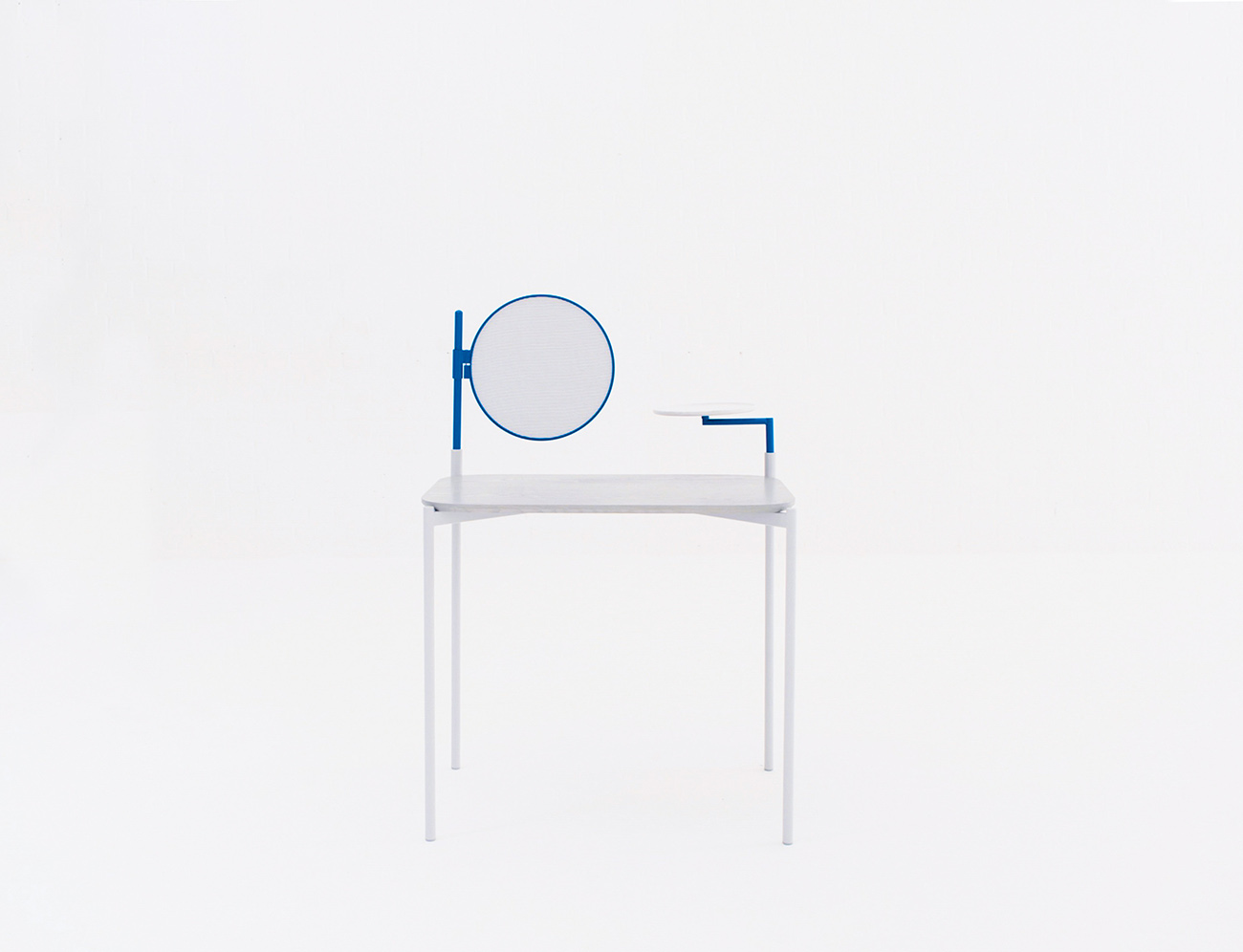
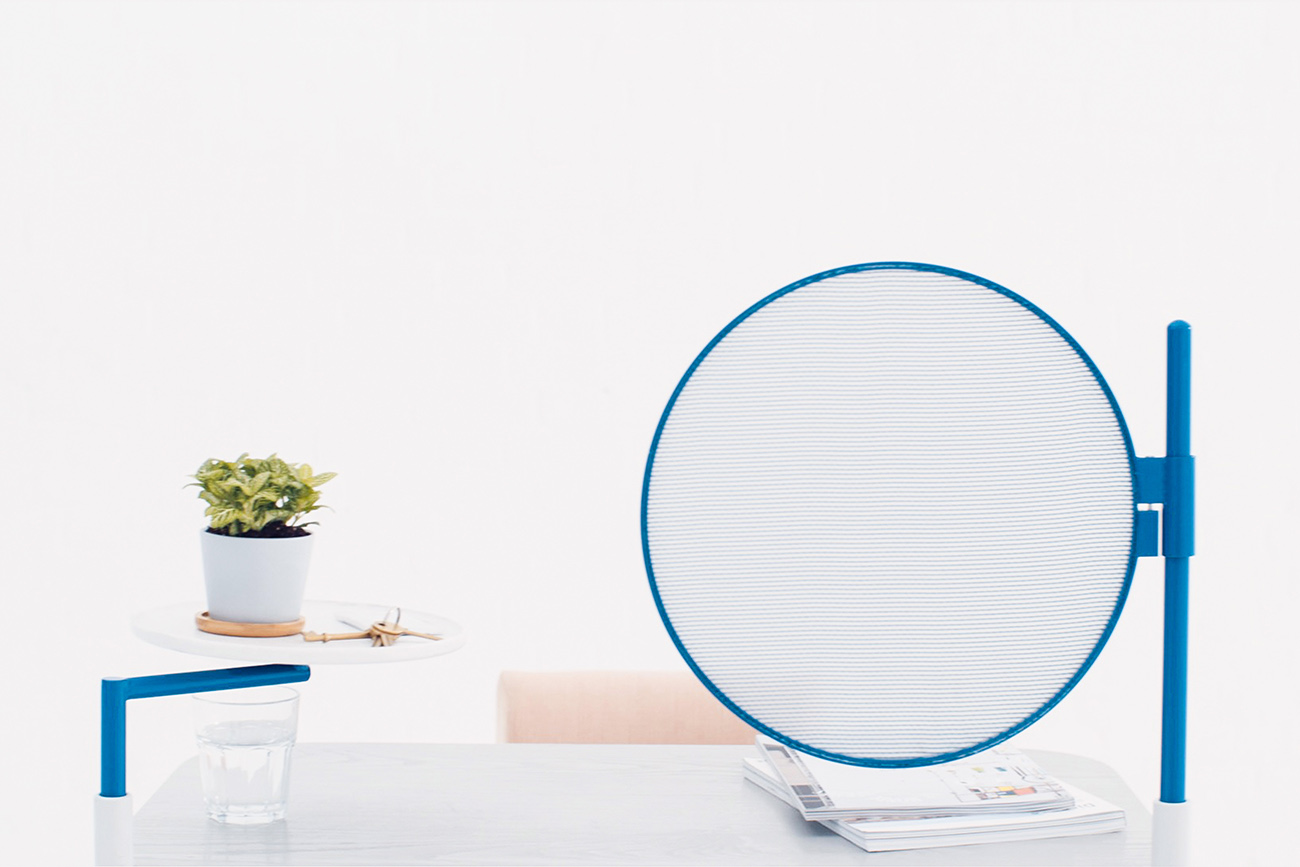
Also addressing the need for products that support flexible living is Thai-born designer Nong Chotipatoomwan. Her adaptable workspace collection is designed for in-between places where the public and private domain merge. The modular system can be tailored towards solo or collaborative work and incorporates devoted spots for plants to infuse our desk space with natural greenery.
Hazel Stark
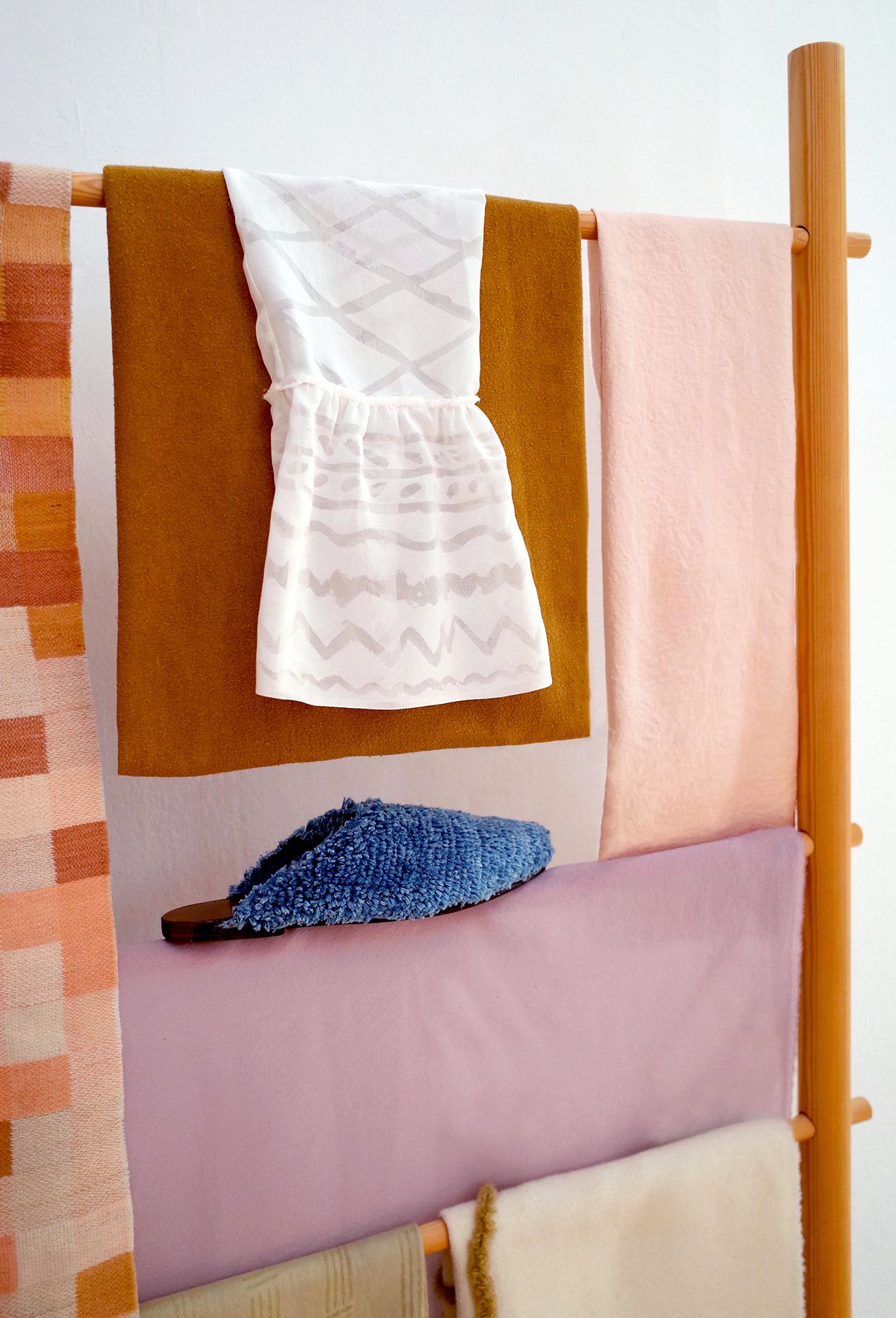
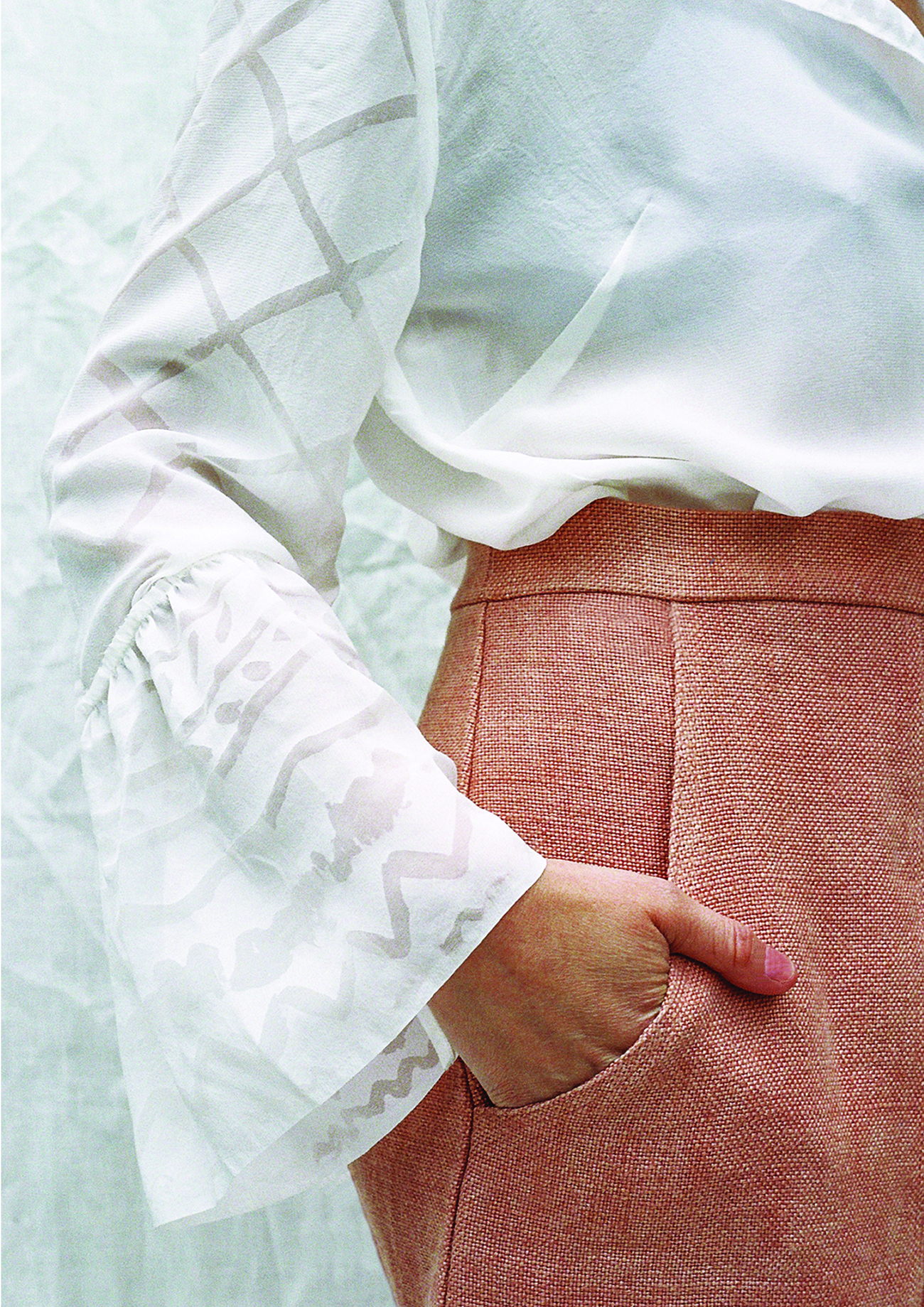
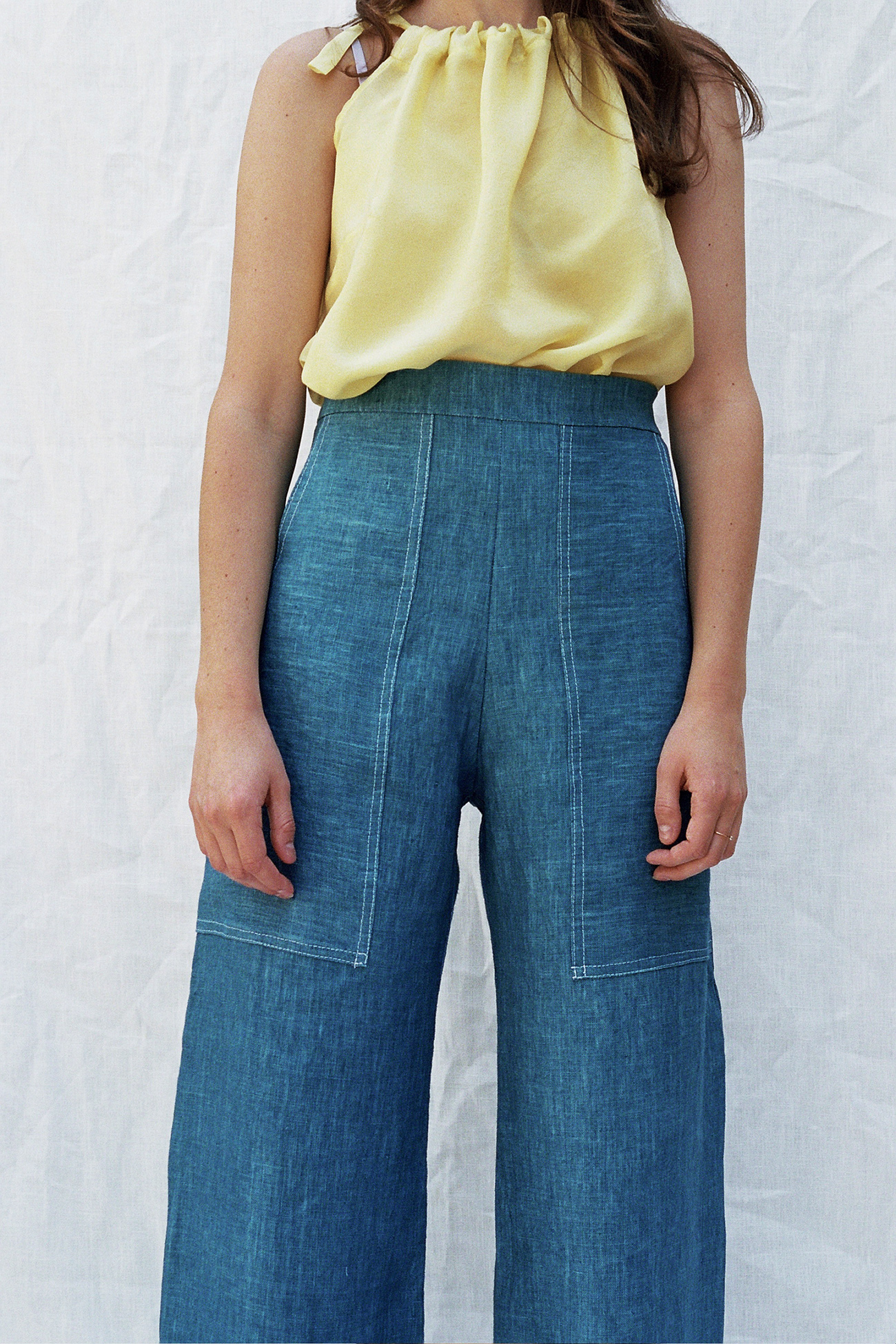
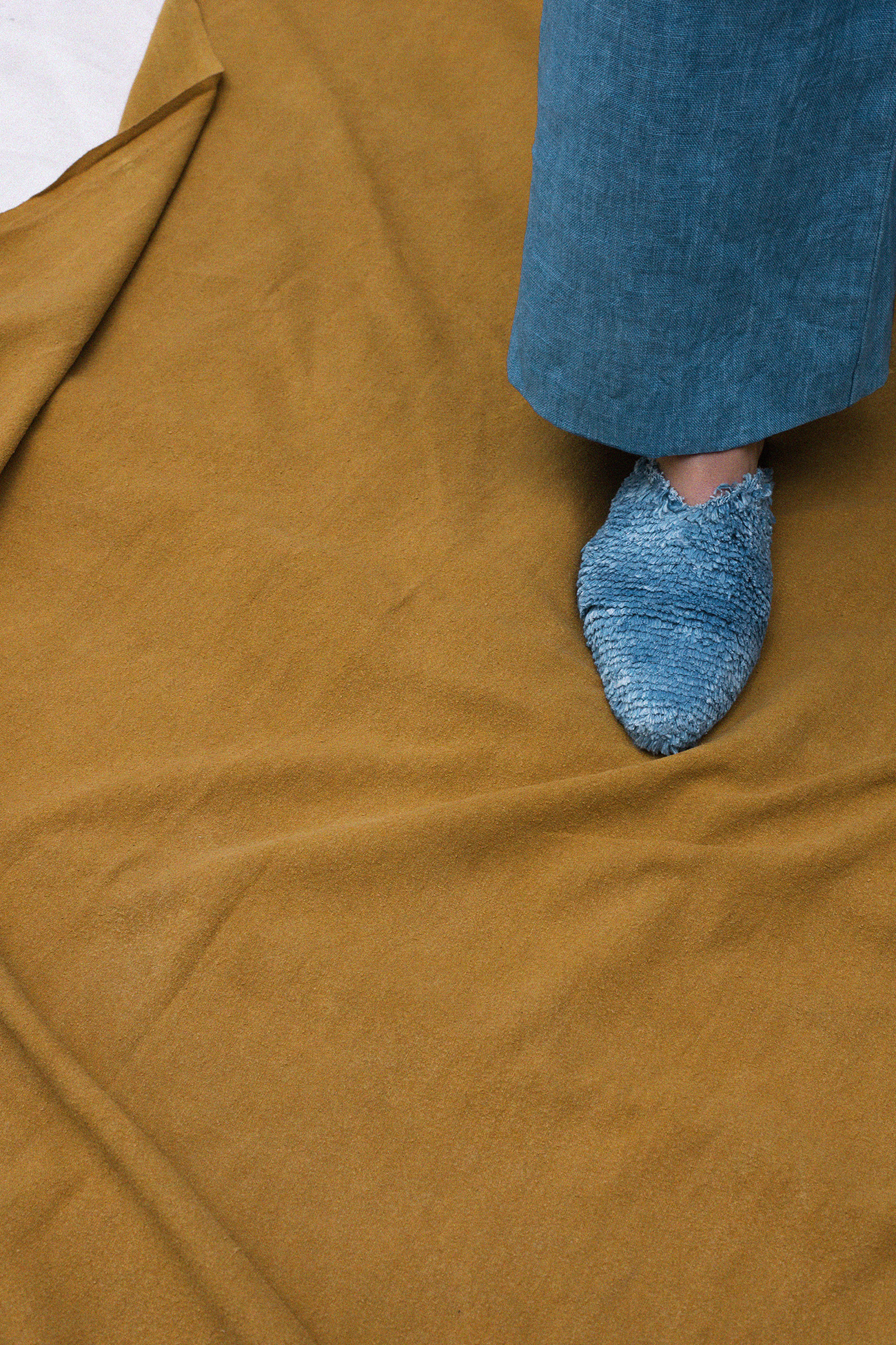
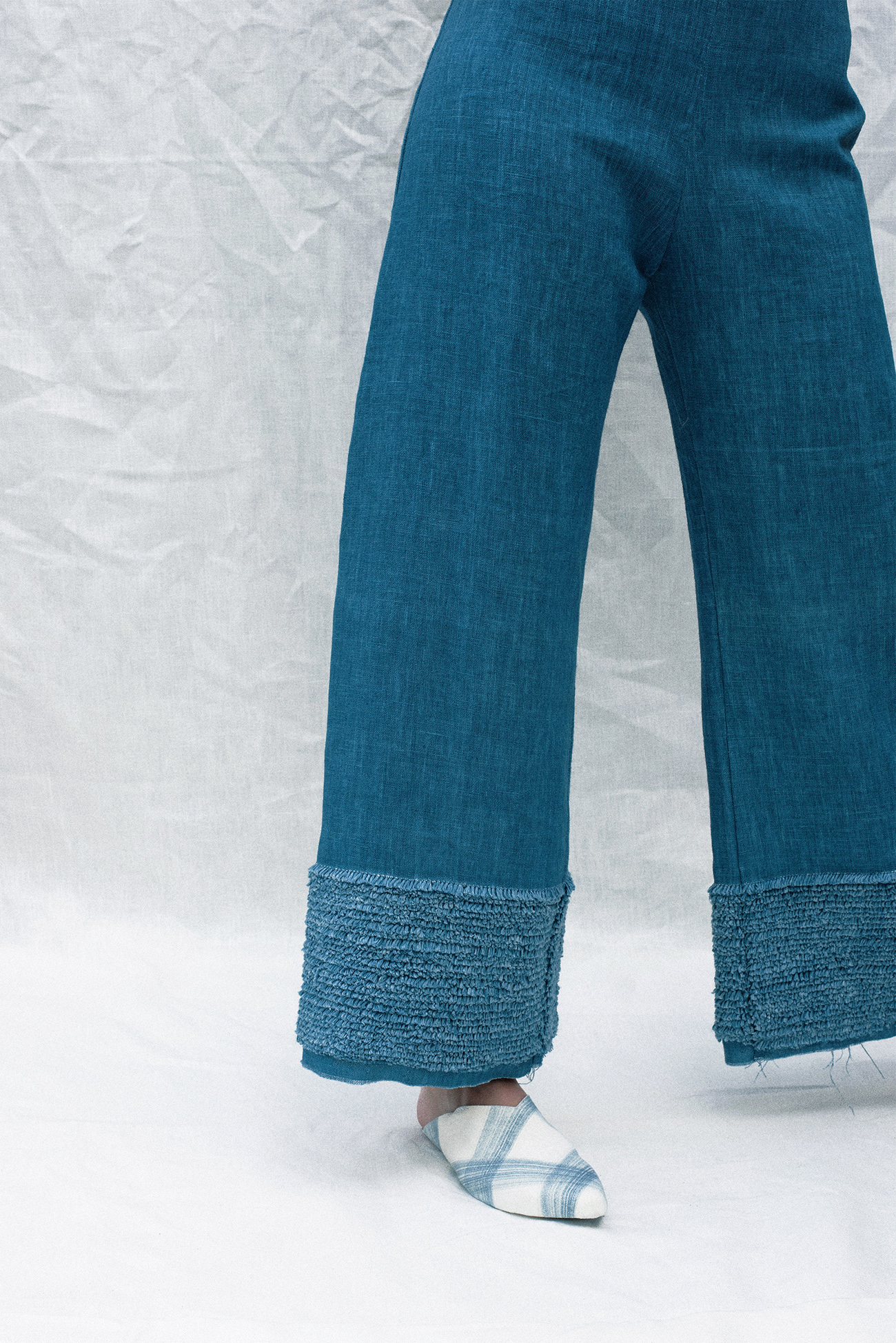
An awareness of the detrimental impact the fashion and textiles industry has on the environment spurs British designer Hazel Stark to seek more environmentally responsible alternatives to dyeing and processing textiles. Stark’s final collection is made from natural materials including post-industrial leather scraps from Ally Capellino, linen mill waste, and Piñatex pineapple fiber as an alternative to animal leather. Plants and food waste–derived dyes unify the collection with a vivid botanical palette, and even the recipes for conventional chemical processes such as devoré have been specially developed using natural materials.
